The DJI FPV drone was officially released on March 2. DJI has set a new category for it, rather than the original traversing machine or aerial camera. The core selling point of the new machine is the overly strong O3 image transmission and the unique setting of the joystick. If the previous aerial camera was for shooting scenery, then the DJI FPV drone pursues a first-person flight experience.
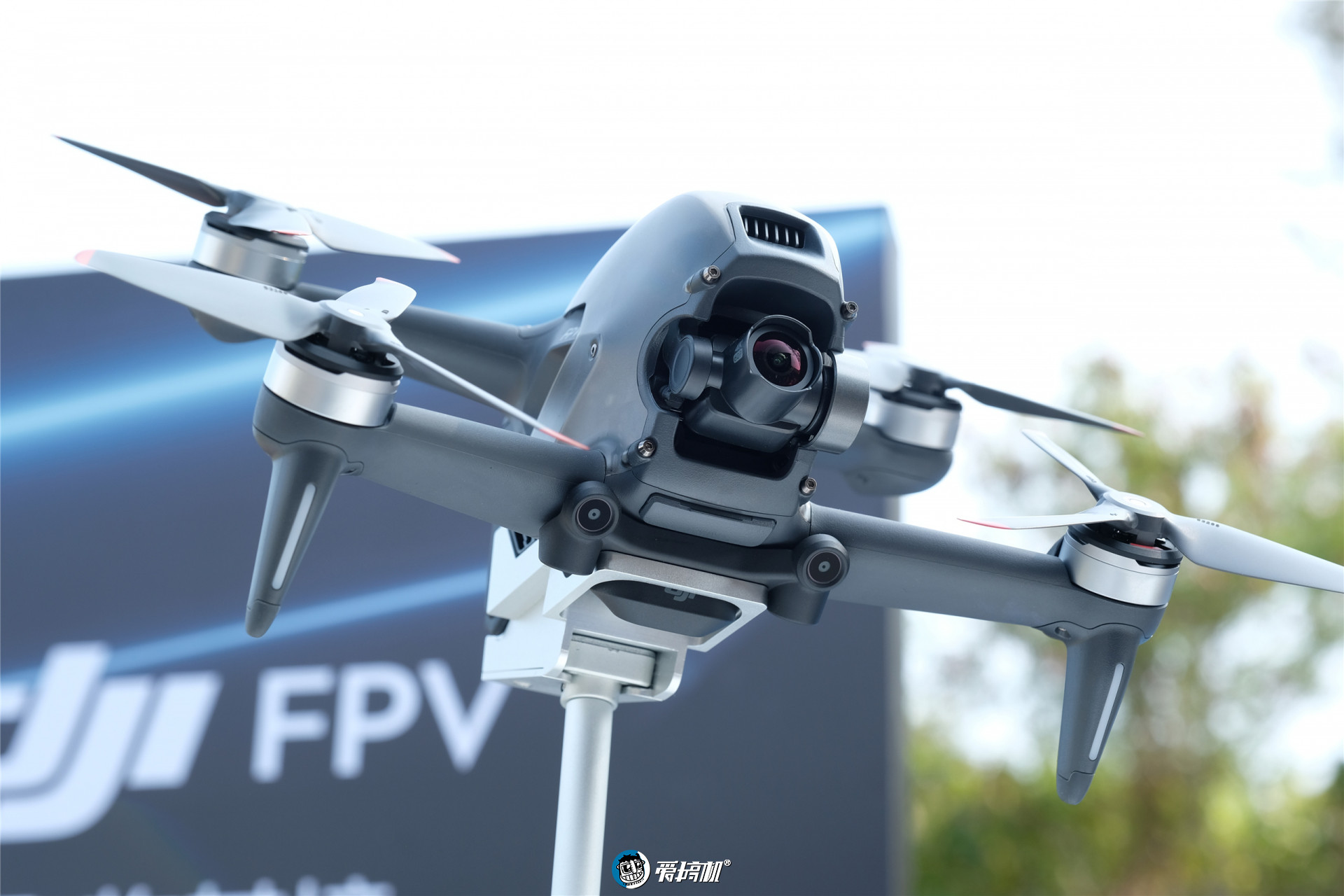
FPV is the abbreviation of First-Person View, and it is one of the biggest differences between a traversing machine/racing machine and an ordinary model airplane. DJI also released FPV-related products such as "DJI Flying Goggles, DJI Goggles Racing Edition, FPV Digital Image Transmission System" and so on. However, most of the original products in the FPV field require users to assemble by themselves, and the threshold and operation difficulty are very high.
If we talk about programming and other learning, we follow the route of "from getting started to giving up". In the FPV field, 70% of users are "getting started and giving up." The goal of DJI FPV is to bring a more mature flight experience and greatly reduce the entry barrier. "Fly when you get it, no installation and debugging is required."
But there is one thing to say, the audience of FPV/traversing machine/racing machine is much smaller than ours, so this experience is mainly to summarize important information and look at pictures to see the details of the real machine.
Hardware parameters
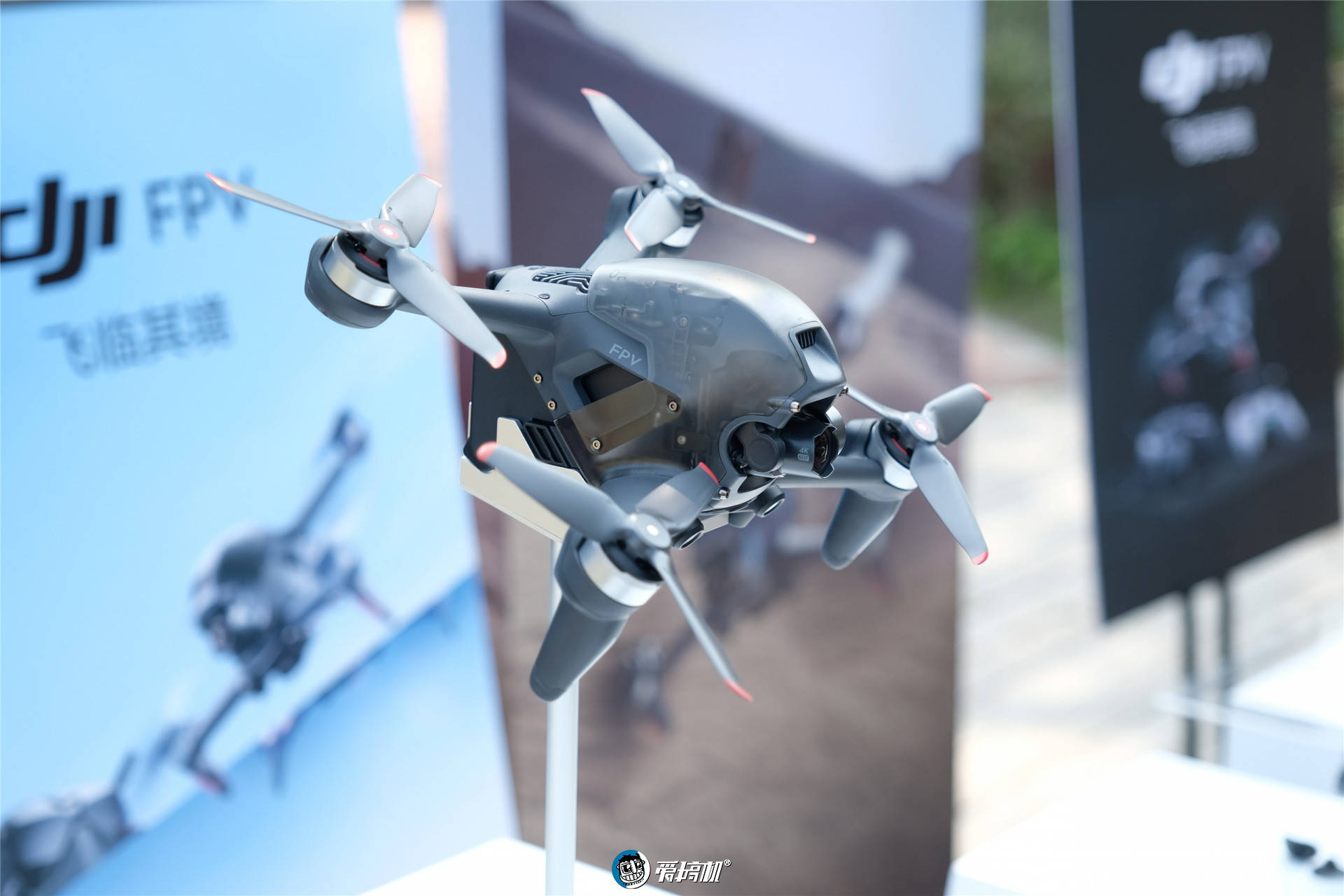
DJI Goggles flight glasses V2 :
- 420g, detachable antenna, dual 2-inch screens, 144Hz refresh rate, field of view from 30 degrees to 54 degrees (the official Q&A mentioned that there will be a customized service for myopia lenses, but they can actually be used with glasses)
- The latest O3 image transmission, 2.4 and 5.8GHz adaptive dual frequency, the specifications are exaggerated: 28ms delay, image transmission rate 50Mbps, 810P resolution + 120Hz refresh rate, the longest distance is 10km
- Supports a microSD card of up to 256GB for storing video transmission videos during flight. External 1800mAh battery, 110 minutes of battery life, 10W charging
The DJI FPV weighs 795g, has a diagonal wheelbase of 245mm, and has binocular obstacle avoidance in the front and below, and there are ToF and fill lights below. In the case of 16 minutes of hovering and 20 minutes of flying time, it can resist 6 winds, and the maximum flight speed is 39m/s, which is equivalent to 140km per hour. There is a gap between the speed and the traditional assembled traversing aircraft, but this is a 795g aircraft, and the endurance is 20 minutes. This trade-off is still more agreeable.
The image part is a single-axis mechanical gimbal (rotational range -50° to 58°), a 1/2.3 inch 12 million pixel CMOS, and a 150-degree viewing angle (equivalent focal length 14.66mm) ultra-wide-angle lens. It can record 4K 60fps video up to 120Mbps, and it comes with a super anti-shake mode similar to current mobile phones (using digital cropping to stabilize the picture).
The traditional remote control weighs 346g, has a battery life of 9 hours, and has a remote control distance of 10km. The FPV crossing joystick weighs 167g, has a signal distance of 10km, and has a battery life of 5 hours.
In terms of price , the DJI FPV kit is priced at 7,999 yuan. The kit includes the aircraft, remote control, flight glasses, 1 intelligent flight battery, 2 pairs of blades and other accessories. The FPV through joystick is priced at 999 yuan. DJI FPV Changfei accessory kit is 1899 yuan (2 intelligent flight batteries, 1 charging butler). DJI FPV still has DJI Care Free Service, which is 1,199 yuan for the one-year version and 1999 yuan for the two and a half years.
DJI FPV remote control 2
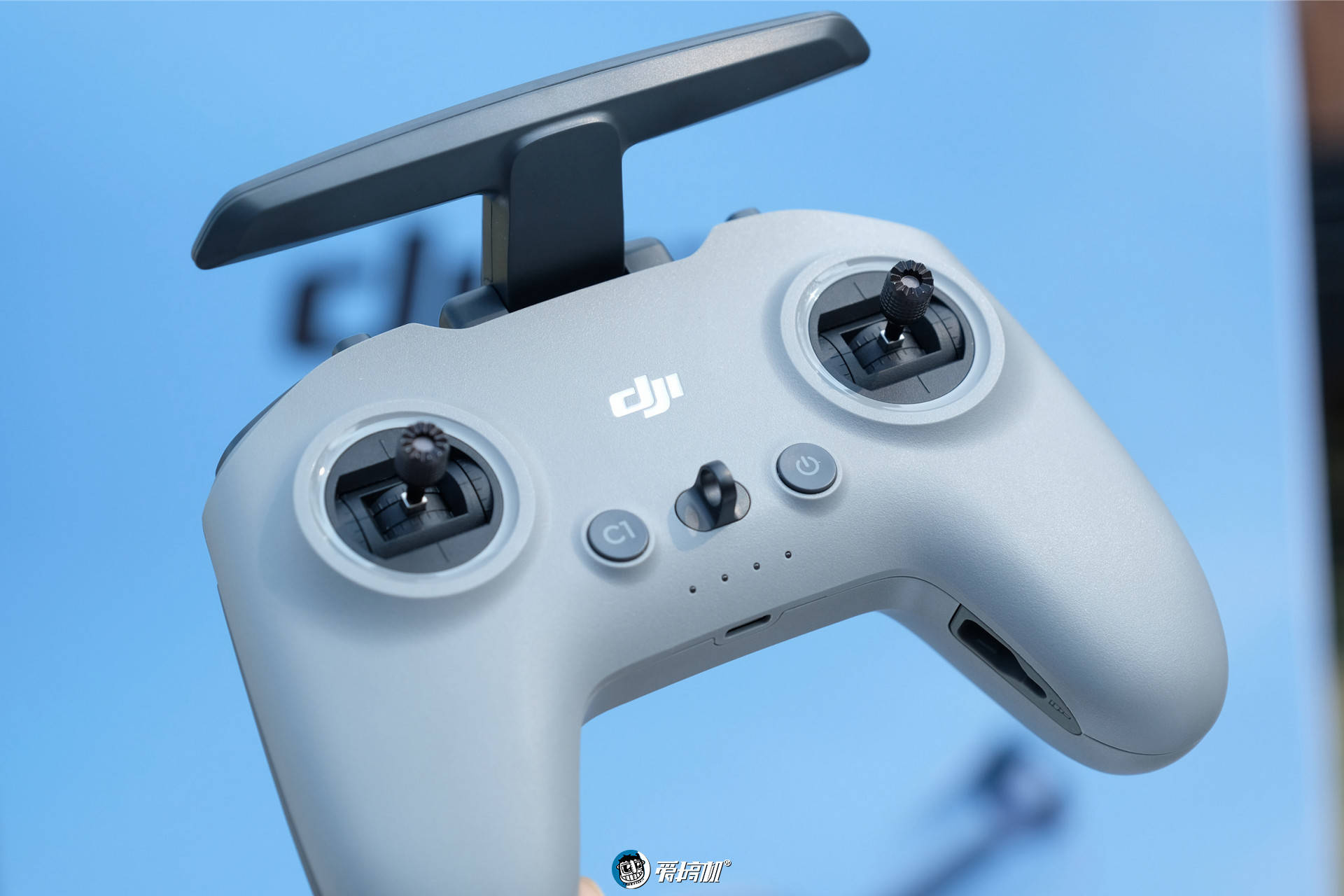
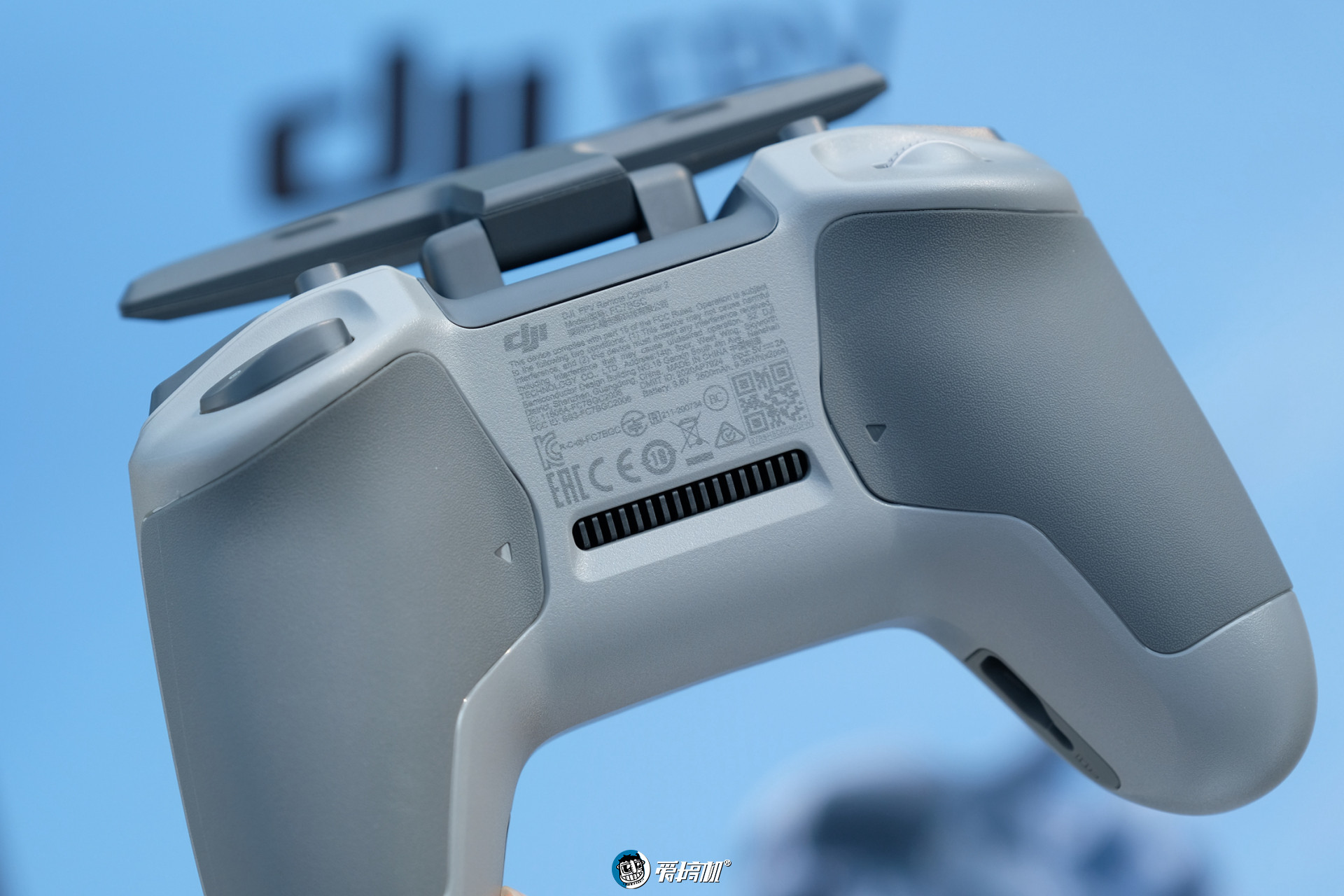
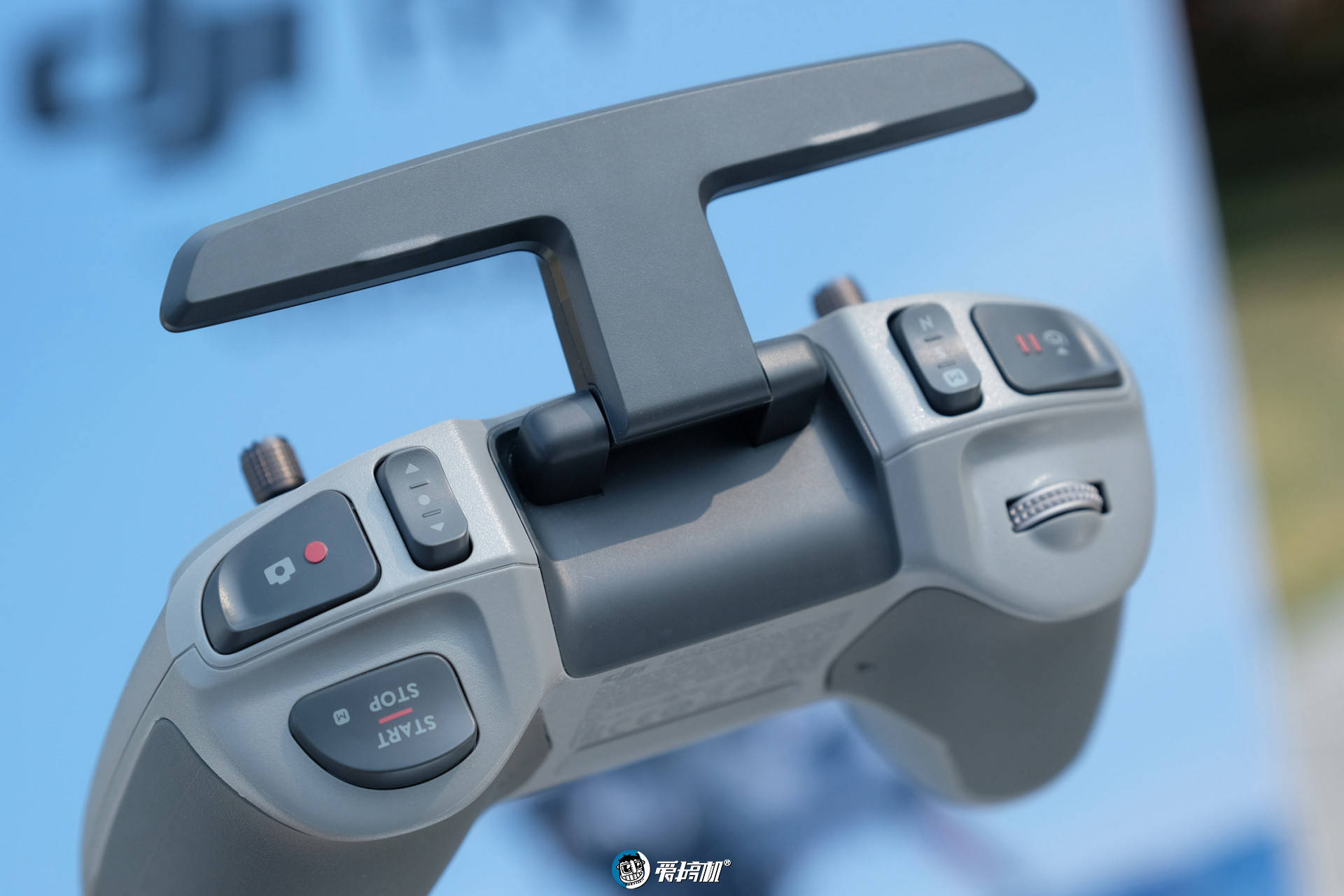


"Folding" antenna, there is a rocker storage place inside the handle, the rocker screw is very small and thin, and it is a bit cumbersome to install. Provide normal, sports and advanced manual modes:
- The first two are common modes on DJI drones, but now they can be associated with speed, one-handed control can make the aircraft coordinated turns, and the sport mode additionally provides a constant speed function;
- The advanced mode is the "full control mode" familiar to FPV players. It can fully unlock the posture, and the operating habits are completely different from the common American/Japanese/Chinese hands. It is very difficult to get started. For safety, its propellers are raised in different ways and require a second operation to unlock (the default state is only 45 degrees).
It may be that considering the experience threshold of FPV, its App has a complete flight simulation function (strongly request to be transferred to other aerial photography models) and tutorials.
For safety, obstacle avoidance safety assistance is effective by default in normal and sports modes. Both traditional remote control and somatosensory remote control have special "one-button stop, intelligent return" buttons. Including in the advanced mode, the machine can be immediately switched to a fixed-point floating state under any circumstances in case of misoperation or awkwardness.
Through the joystick
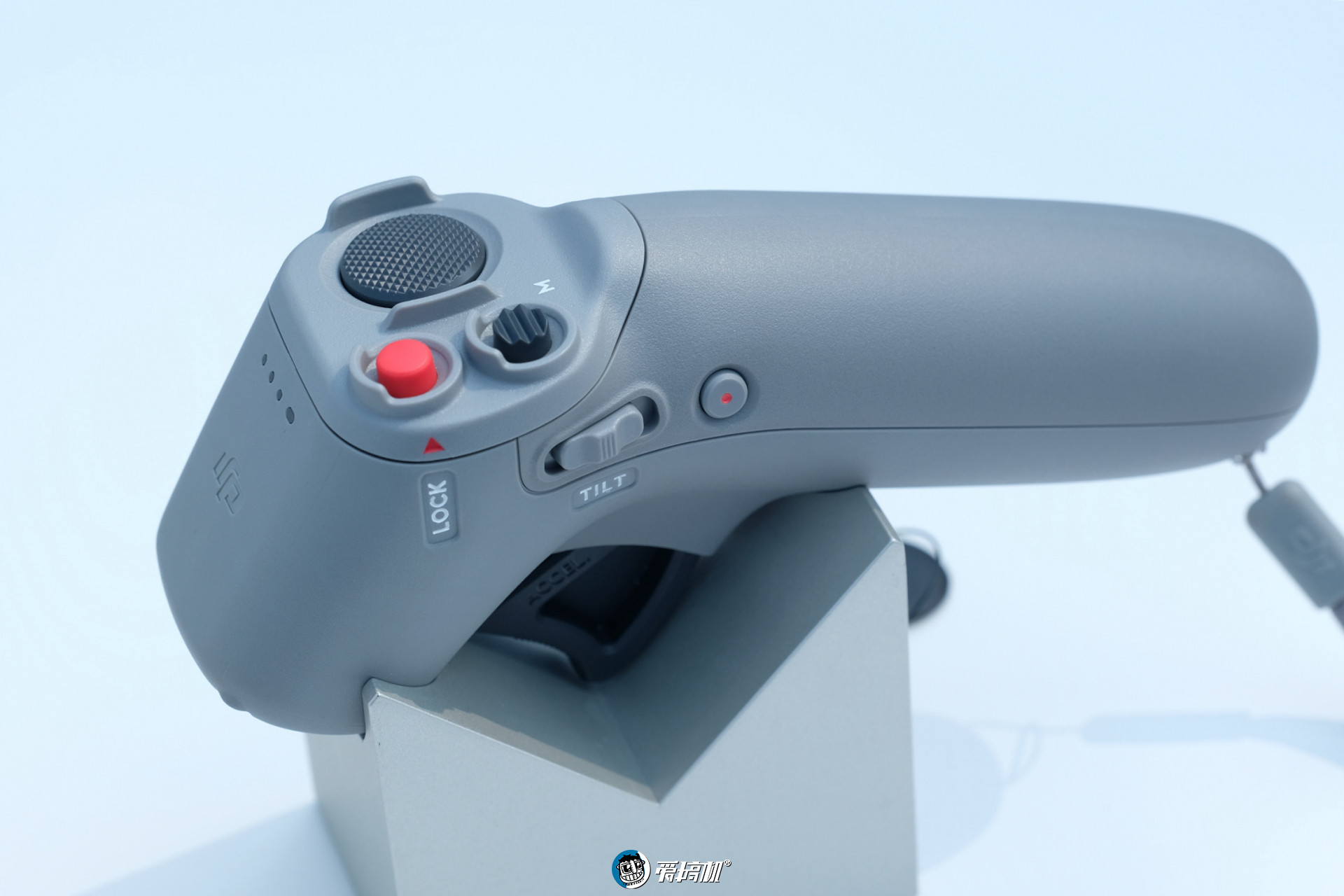
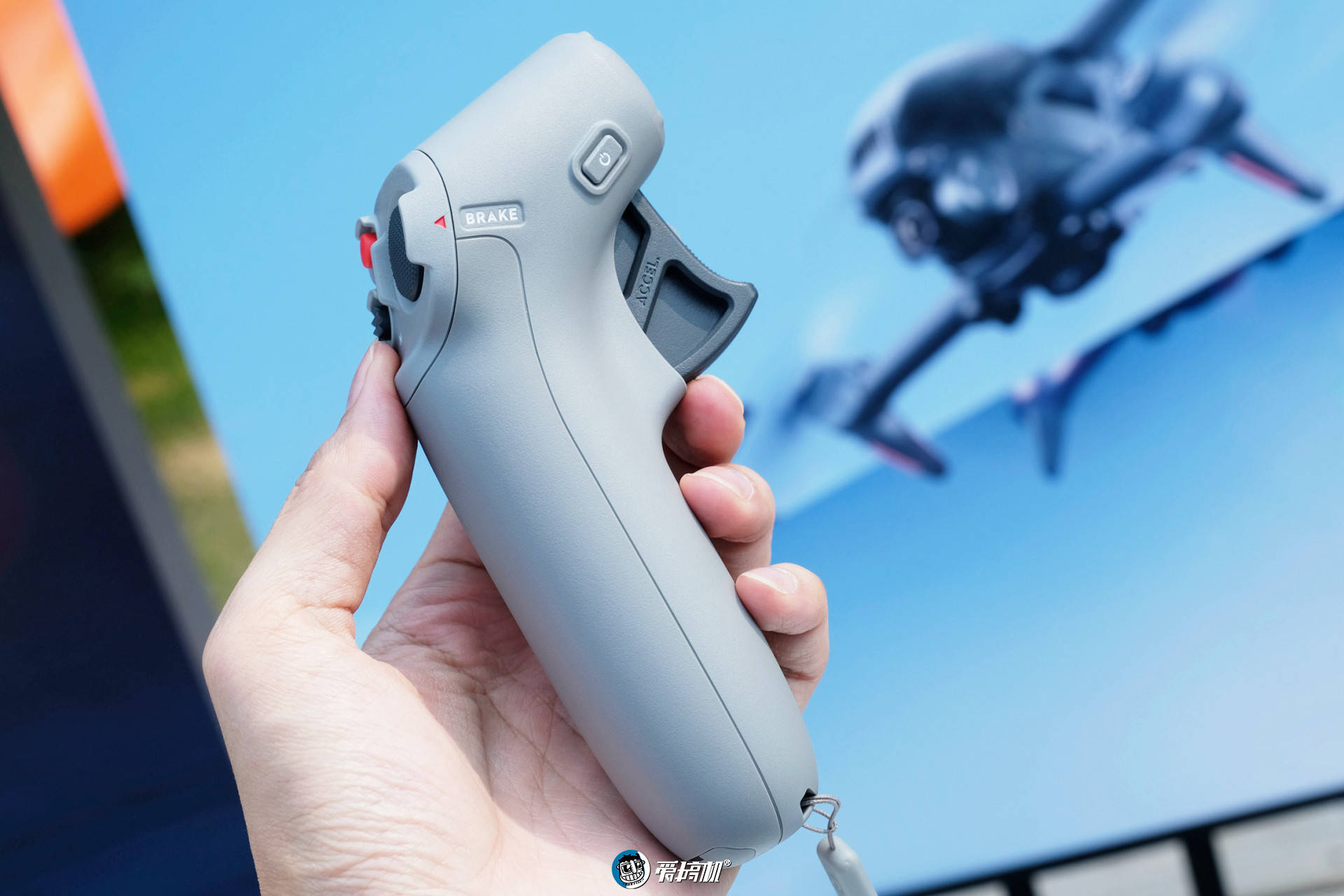

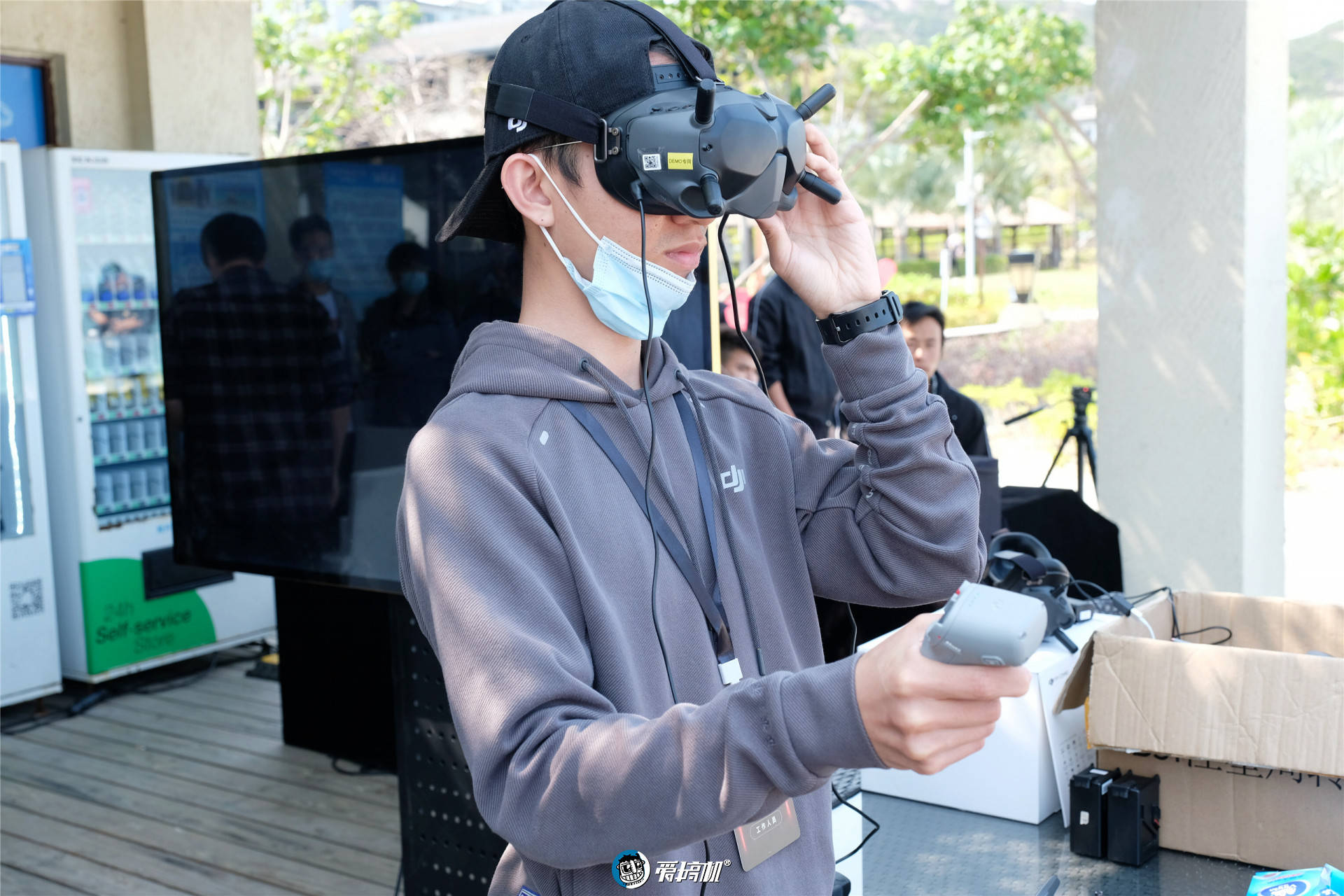
The joystick is a bit like the handle of VR glasses, the trigger controls the "throttle", and the lift/turn/tilt control posture. The somatosensory operation of the drone is the only experience now. It is intuitive. The operation is much simpler than the traditional remote control such as the American hand/Japanese hand. It is easy to use. After a little practice, you can take the machine to pierce the loop (fried chicken). The chance depends on talent, I can't guarantee it).
The biggest shortcoming of this product is that it is not included randomly, so you have to add 999 yuan to purchase it. Of course, there is no money to buy, this may be my shortcoming, not the product.
DJI Goggles Flying Glasses V2
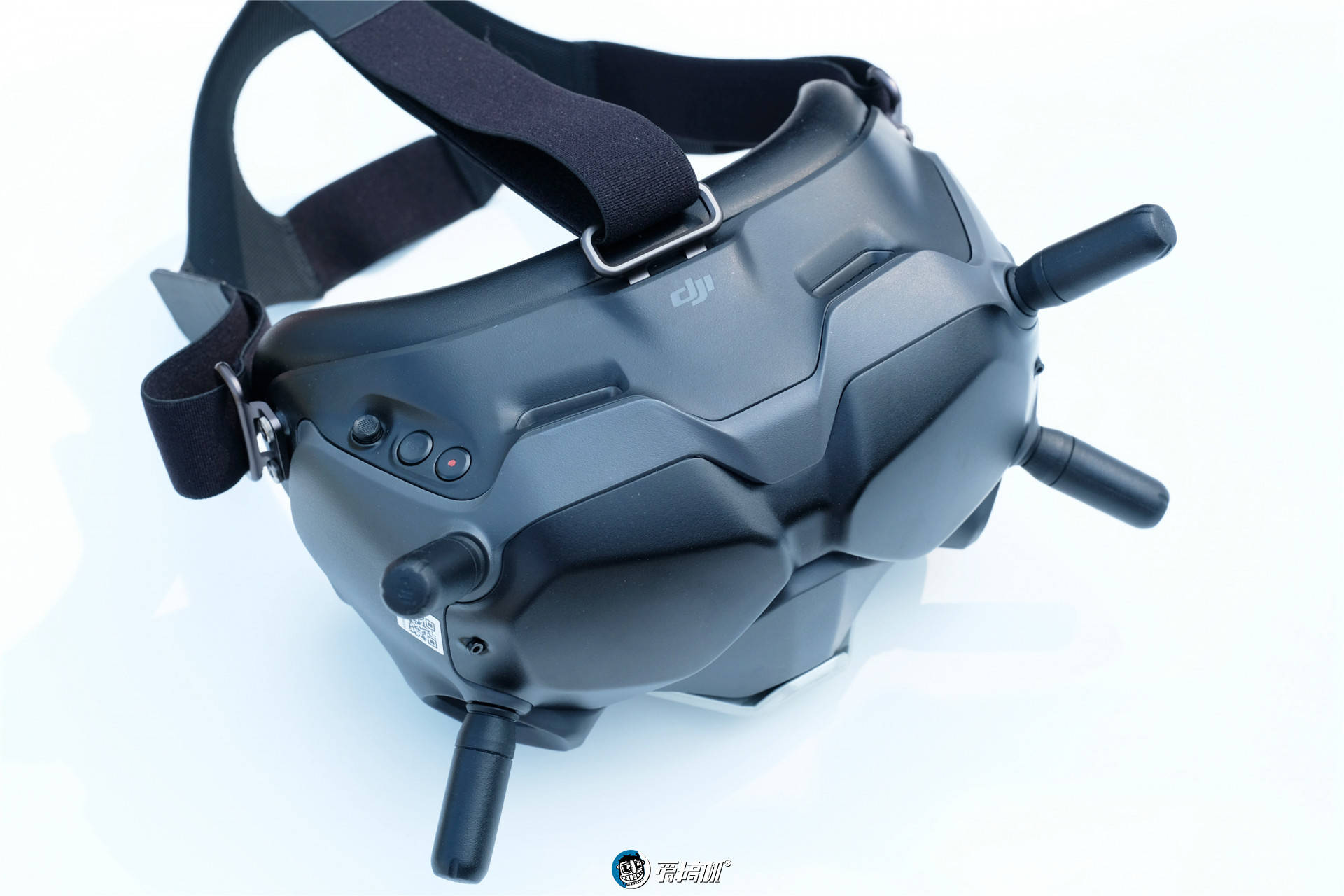
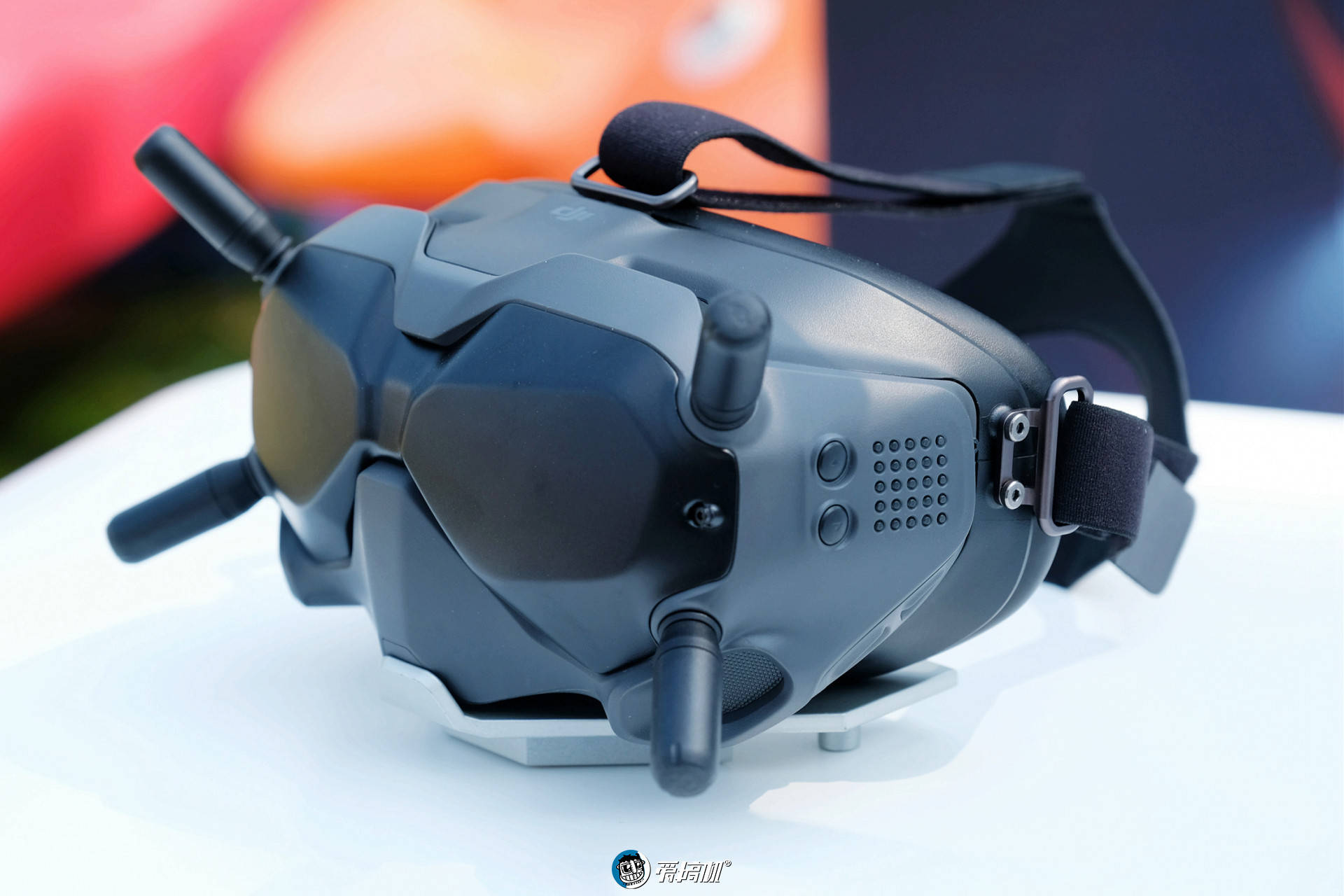
The flight glasses are the shape of a pilot helmet + an alien warrior, and the 4 antennas can be removed. It weighs 420g, which is similar to normal VR glasses and a bit heavy.
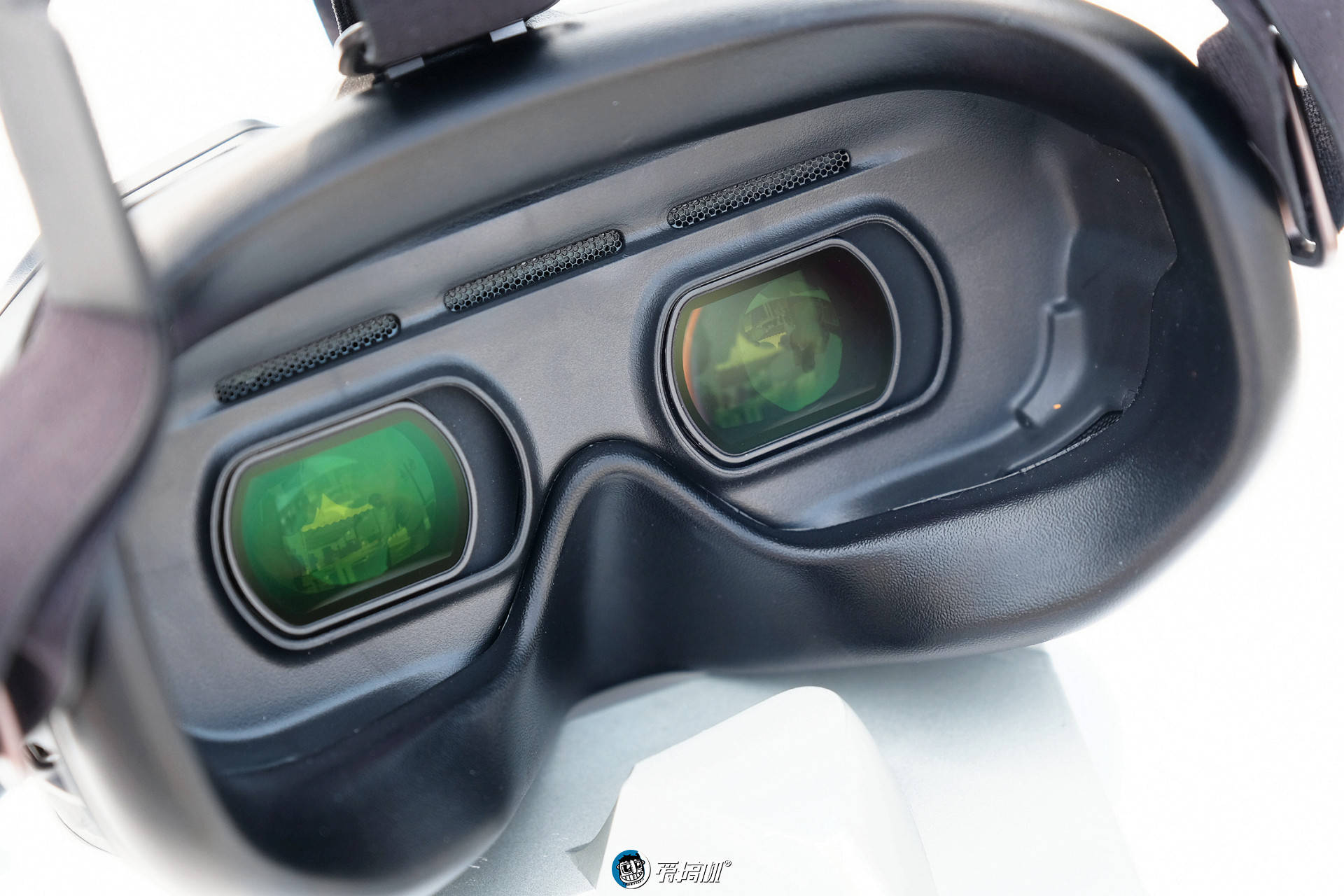
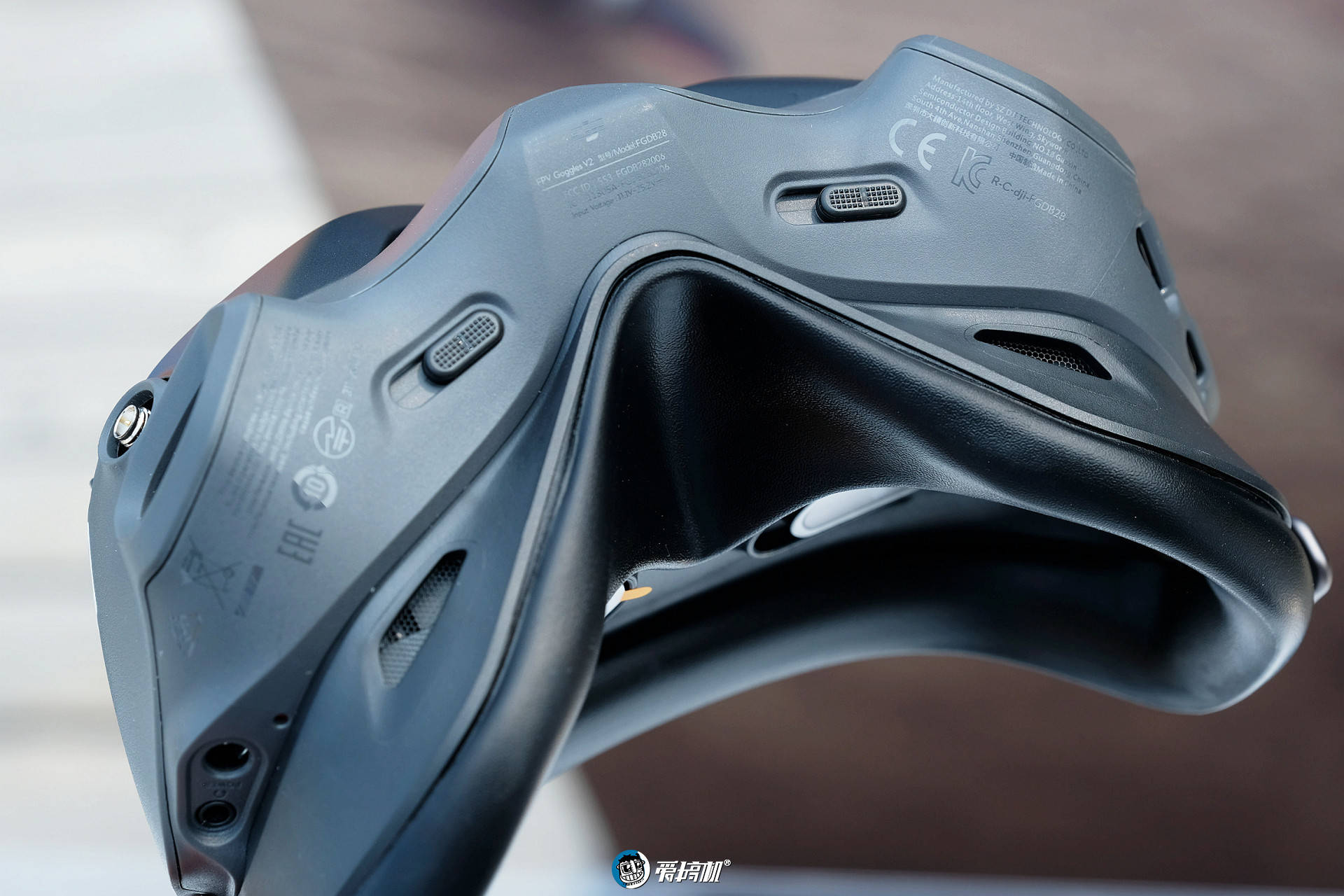
Interpupillary distance adjustment
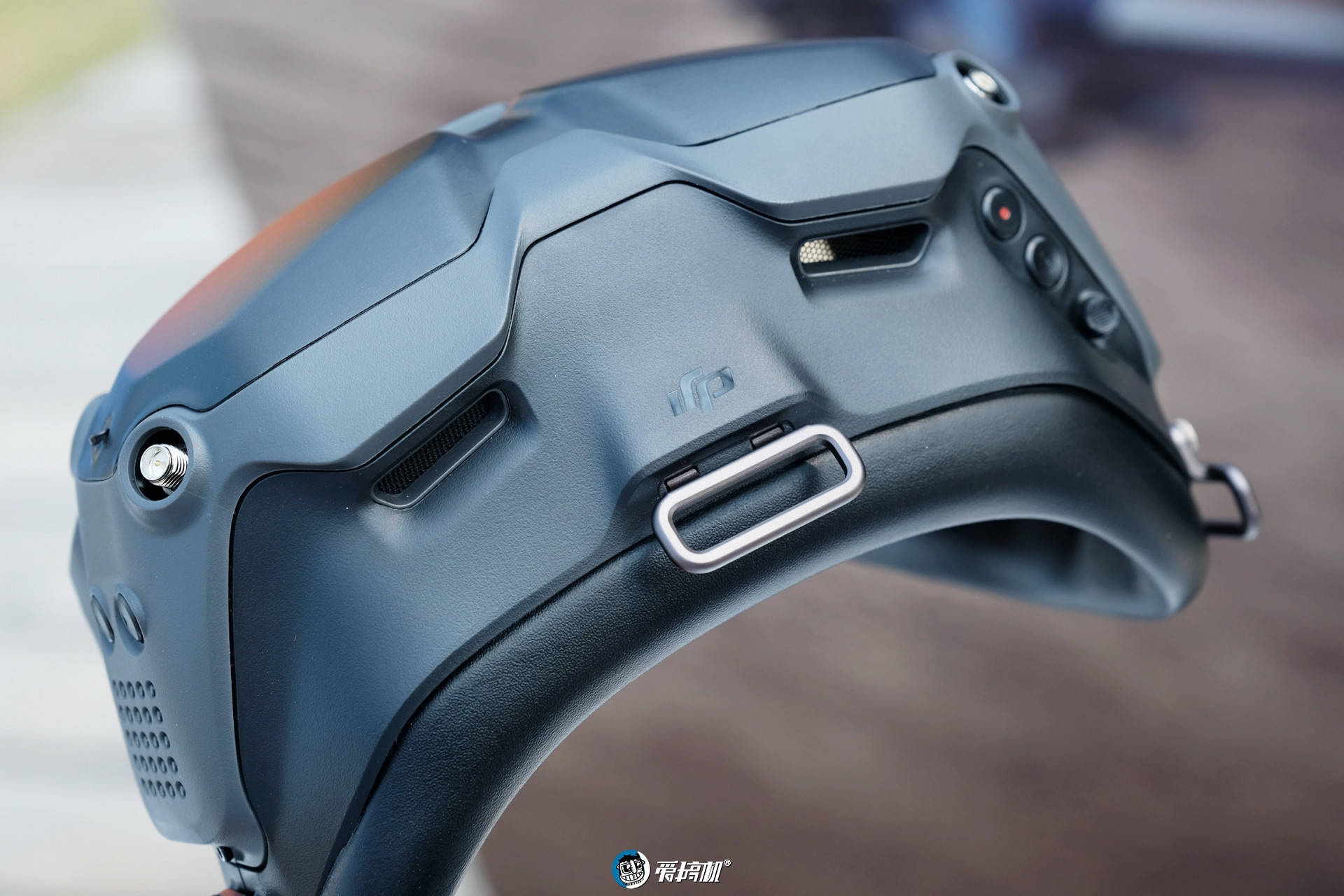
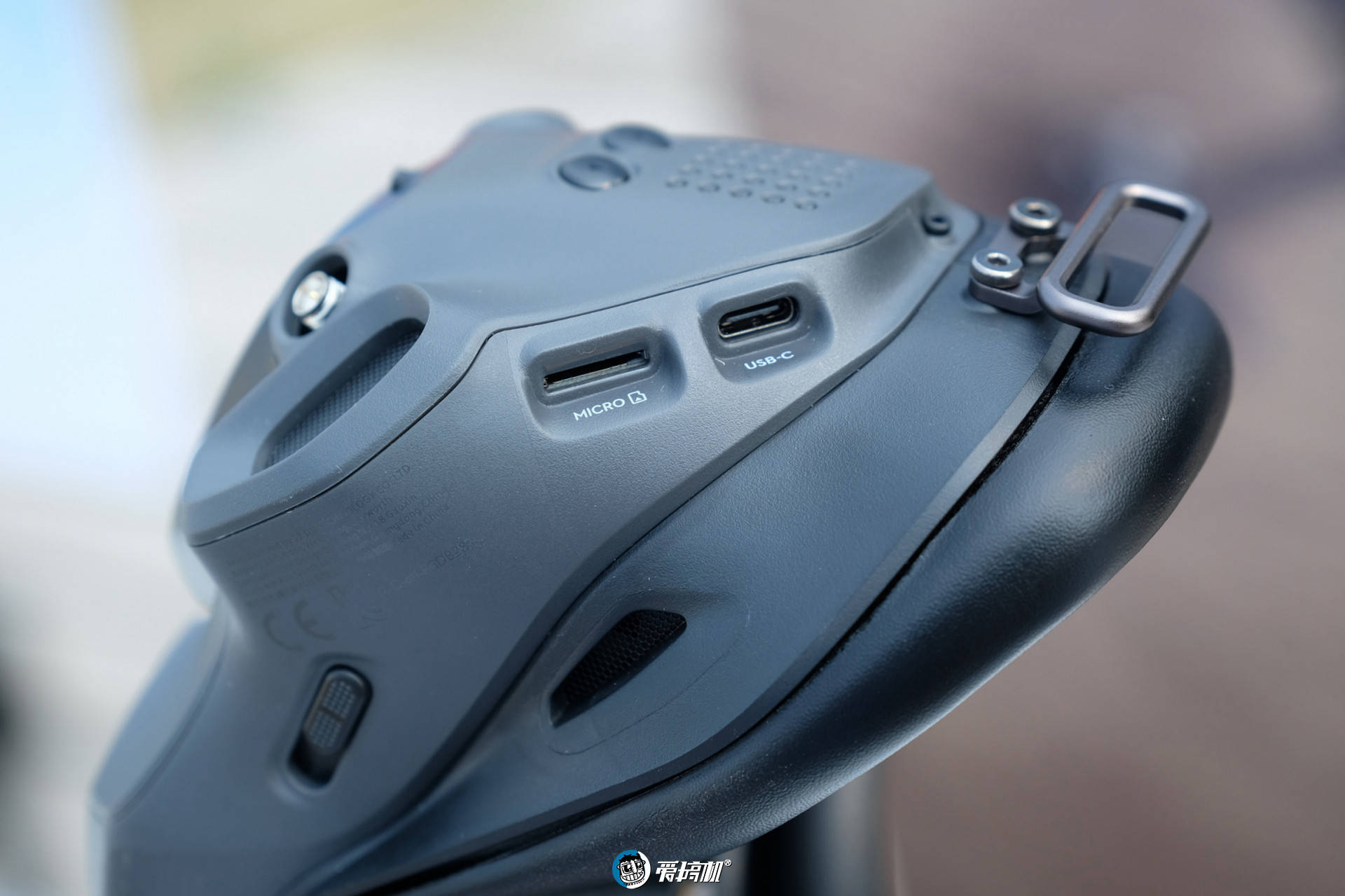
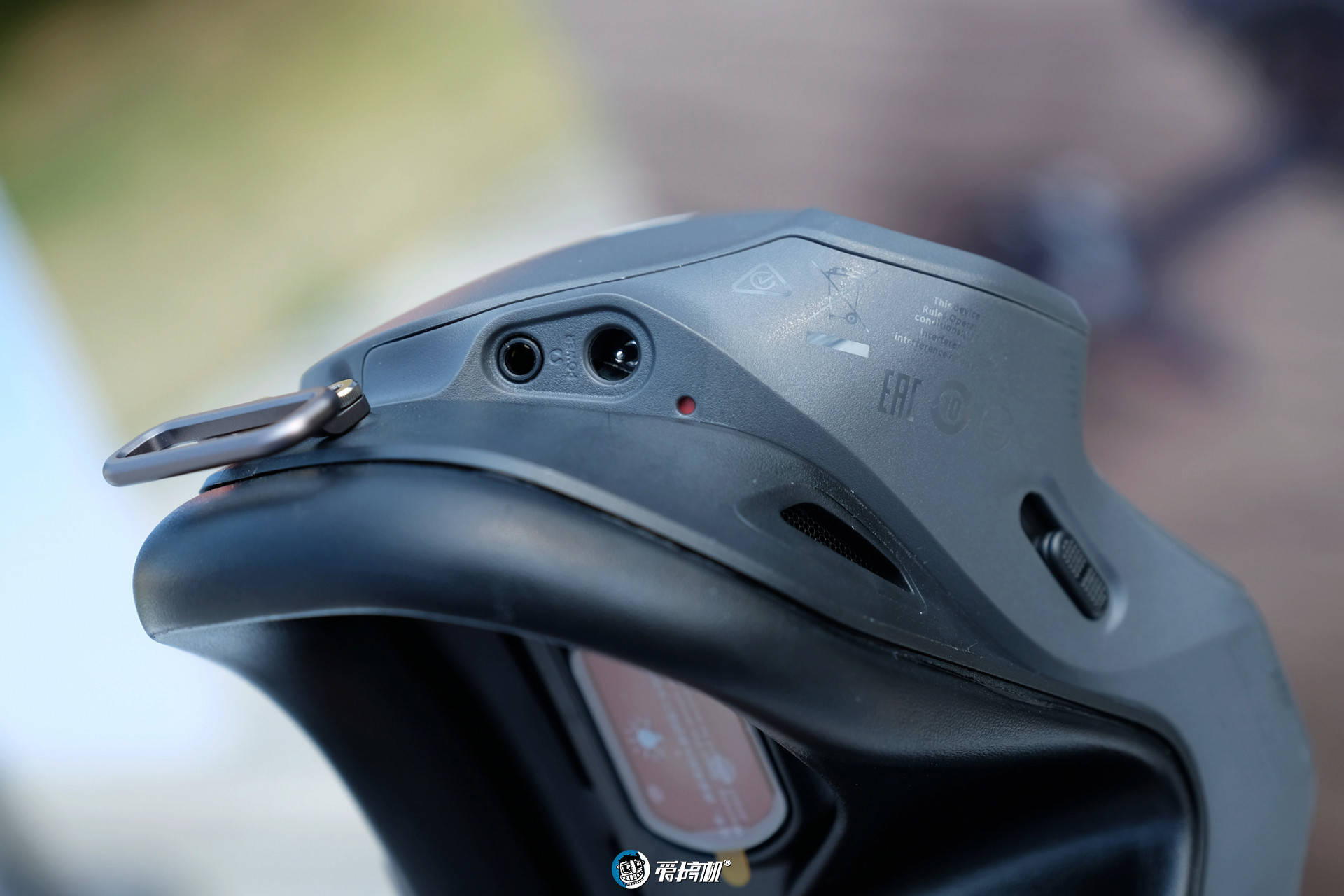
On the left is the TF card slot and USB-C port, and on the right is the DC power port and an extremely advanced 3.5mm headphone port. The glasses are equipped with fans, and there are cooling/air inlet and outlet grids on the top and bottom.
The flight glasses have a spectator mode , which allows the mobile phone (USB-C port to connect to the mobile phone, in the DJI fly App) to watch the real-time image transmission picture, or let other glasses open the spectator mode to receive the picture.
The glasses do not have a built-in power supply, and are connected to an external power supply through the DC to USB-C port. The official power supply can be regarded as a small power bank, which also has a USB-C port, and is also compatible with 11.1-25.2 V batteries.
DJI FPV body
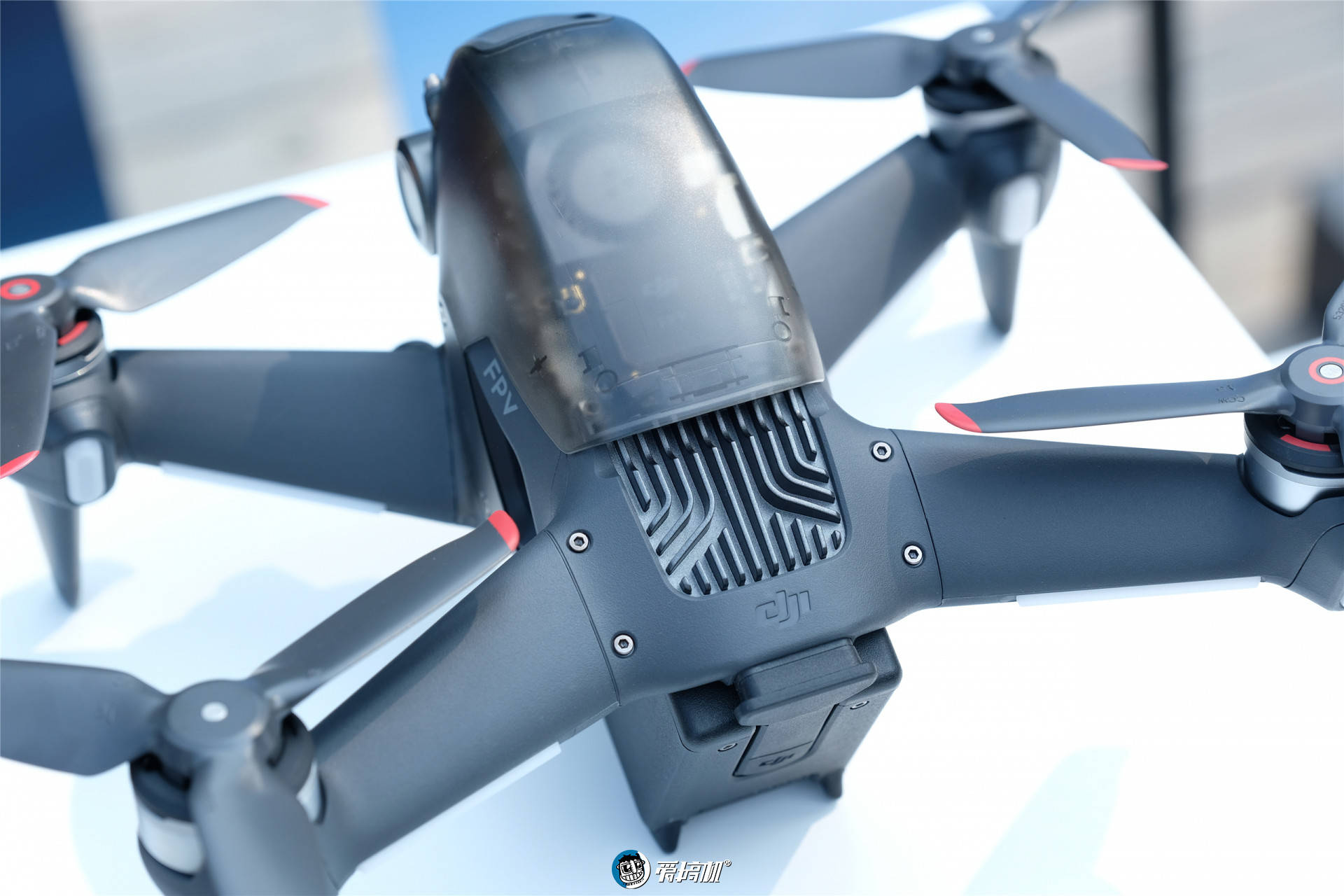
The DJI FPV machine itself, the main focus is speed and endurance, tilt design (when flying forward, the body is horizontal), the main body is a bit like its own "Enlightenment" series, the top cover of translucent material (you can see the chip, Circuit board and fan) with a short arm, the operation is a bit showy.
The real machine looks not big, but the weight of 795g is really heavy. The official Q&A mentioned that there are enclosing blade protection accessories, but it seems that they have not been on sale for the time being.
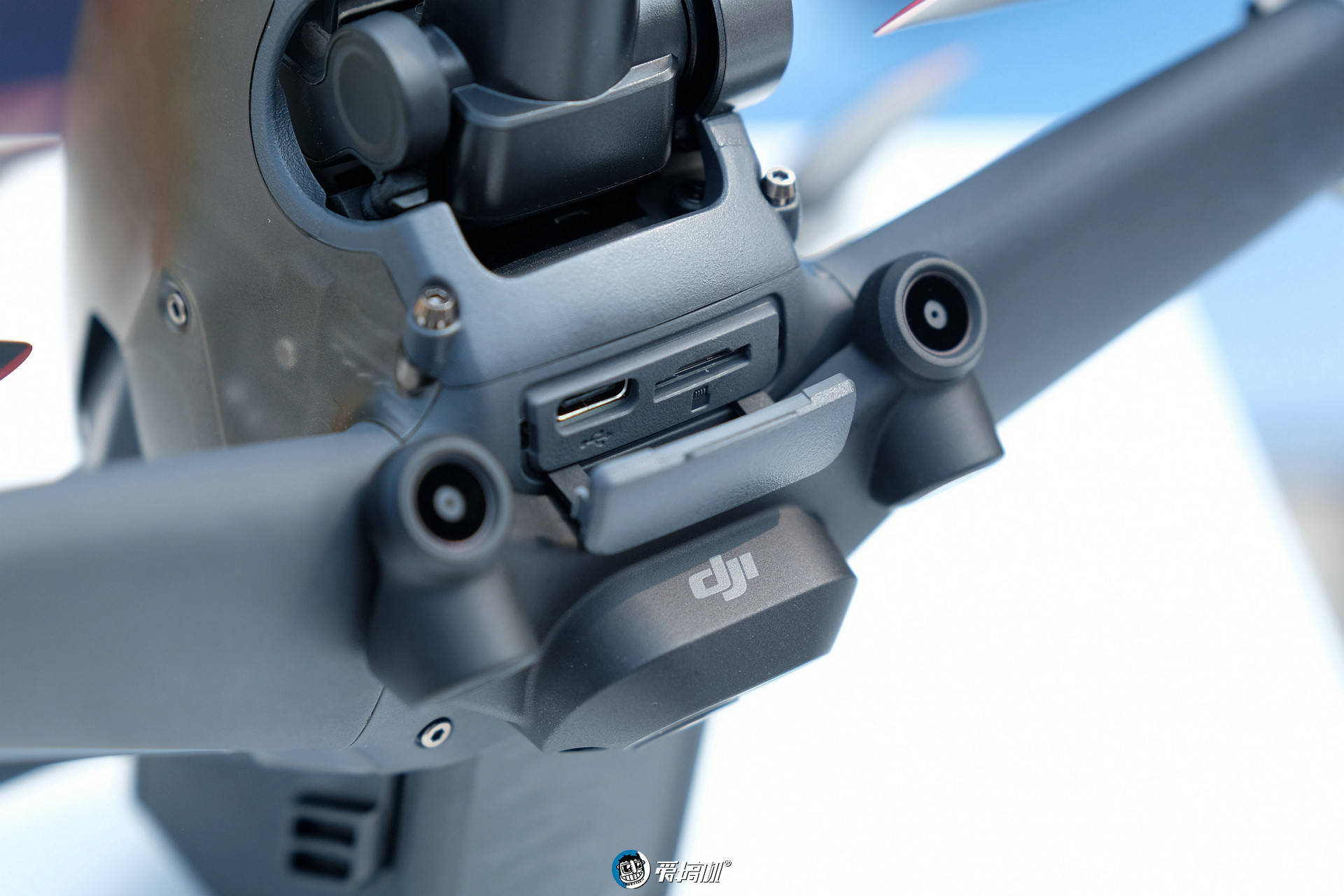
The front and lower obstacle avoidance, ToF, and fill light modules are all concentrated at the front arm junction. This position also has a USB-C port and a TF card slot.

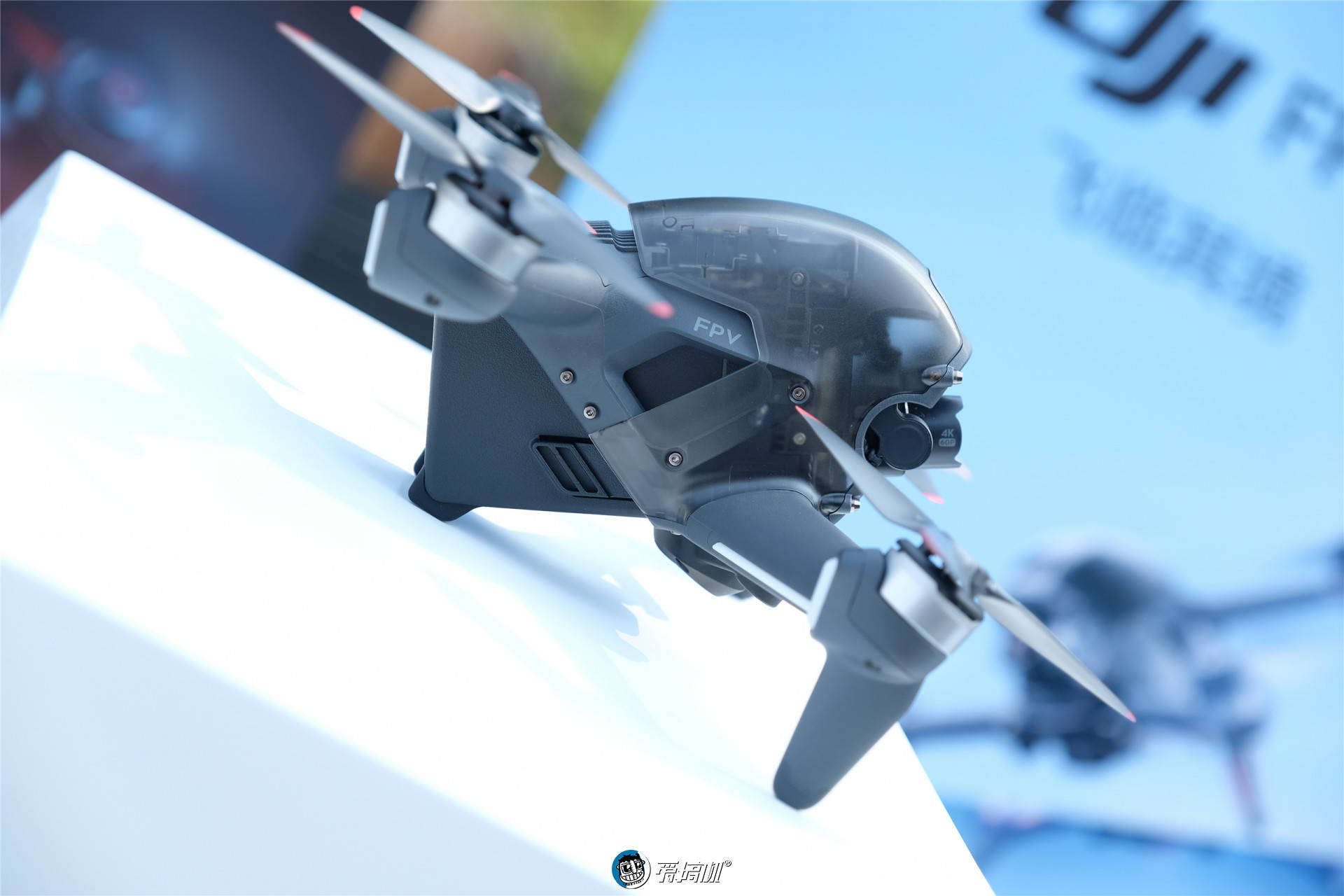
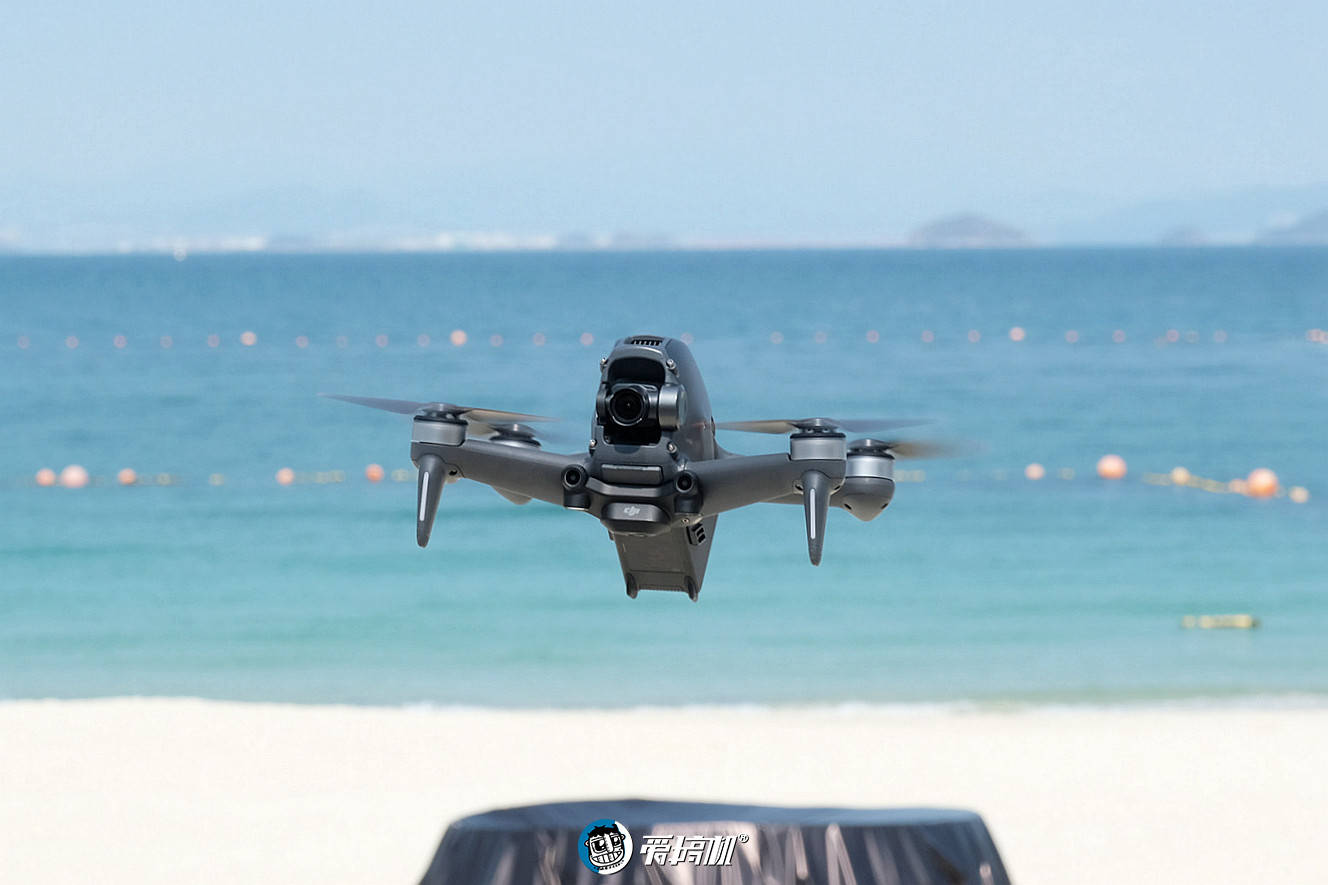

The inclined design makes the DJI FPV in hovering state look a bit like a fat cat with its ass stuck in the sofa.
Accessories
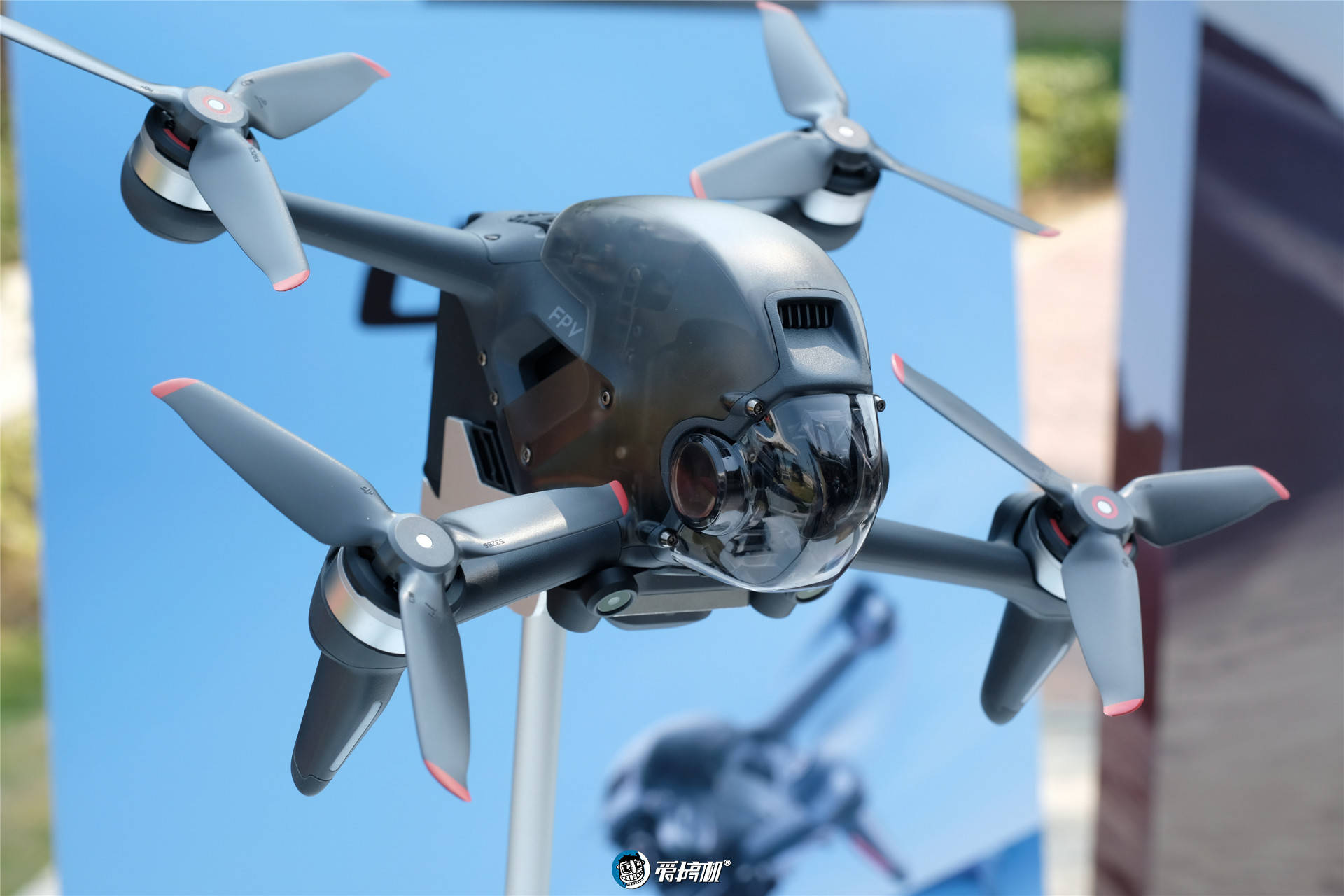
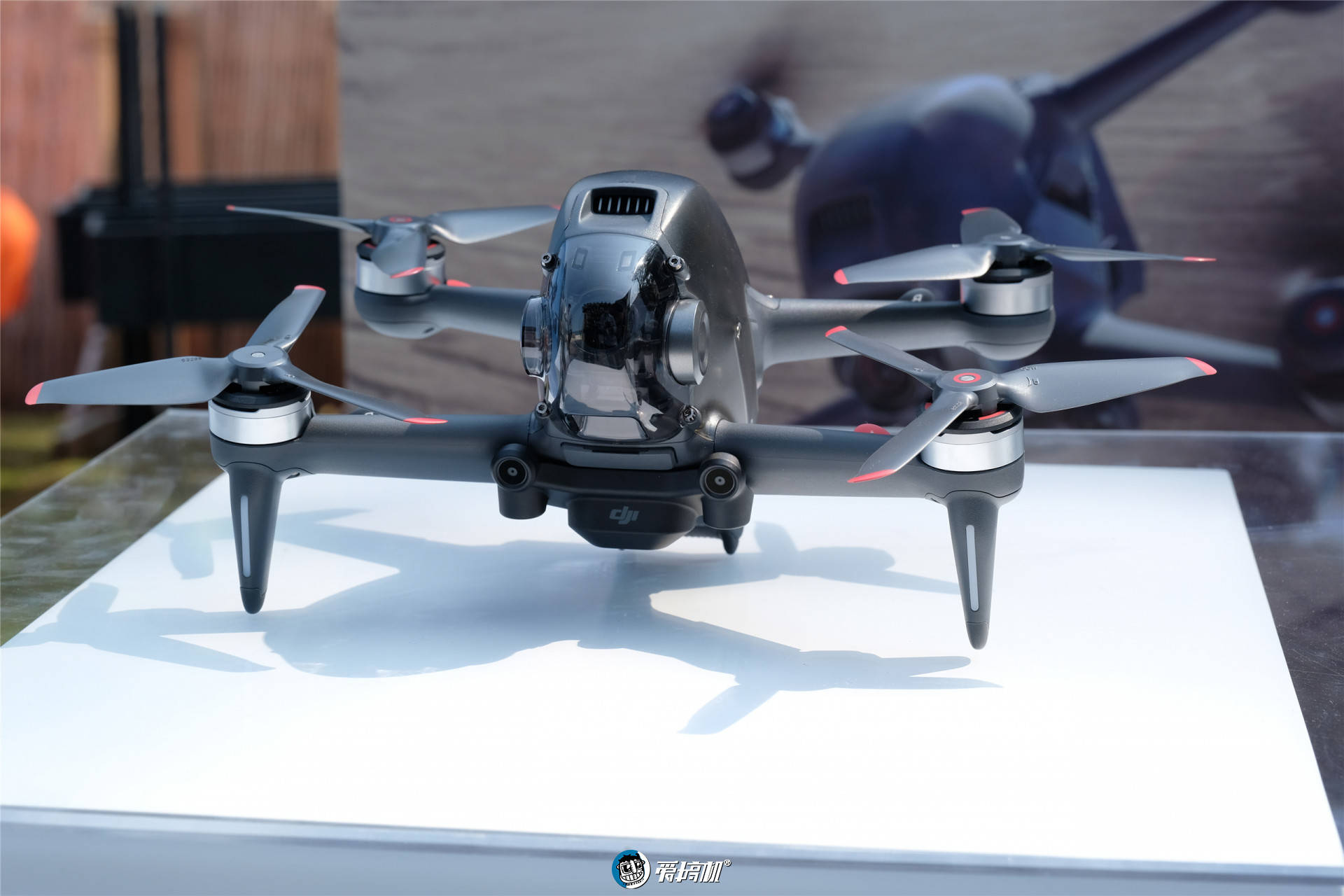
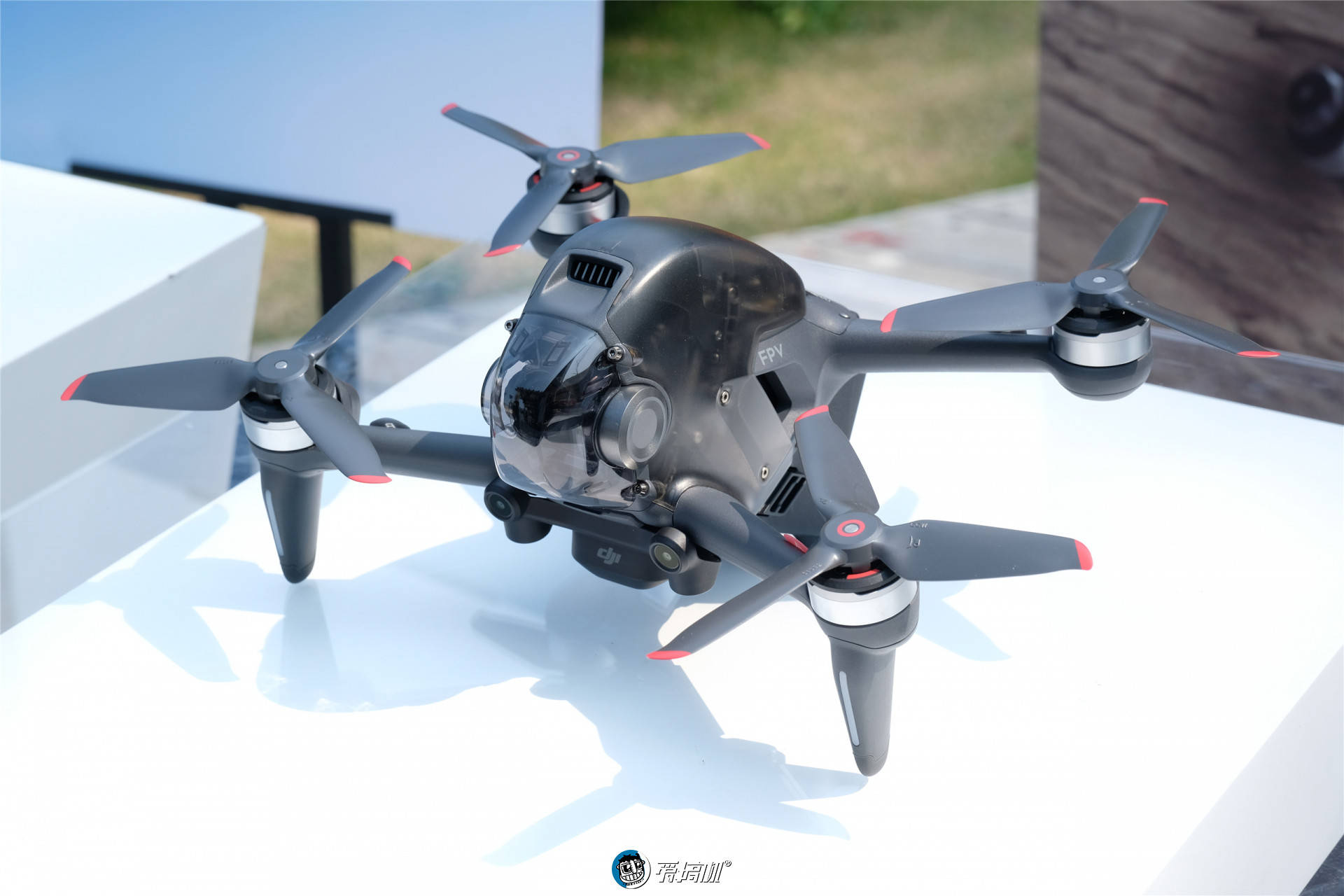
With the official lens cap, the sense of science fiction is even more obvious.
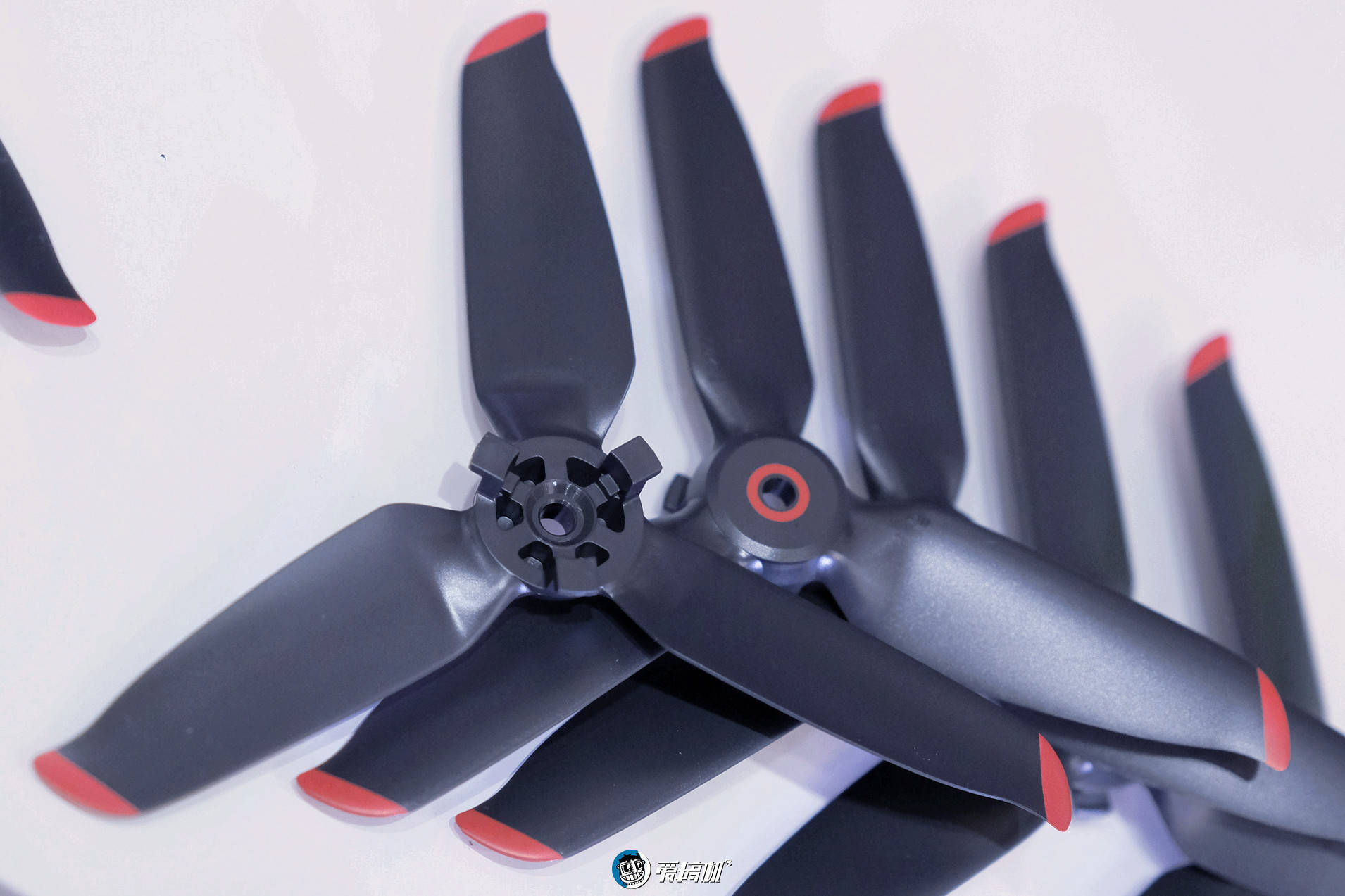
Three-blade propellers without screws.
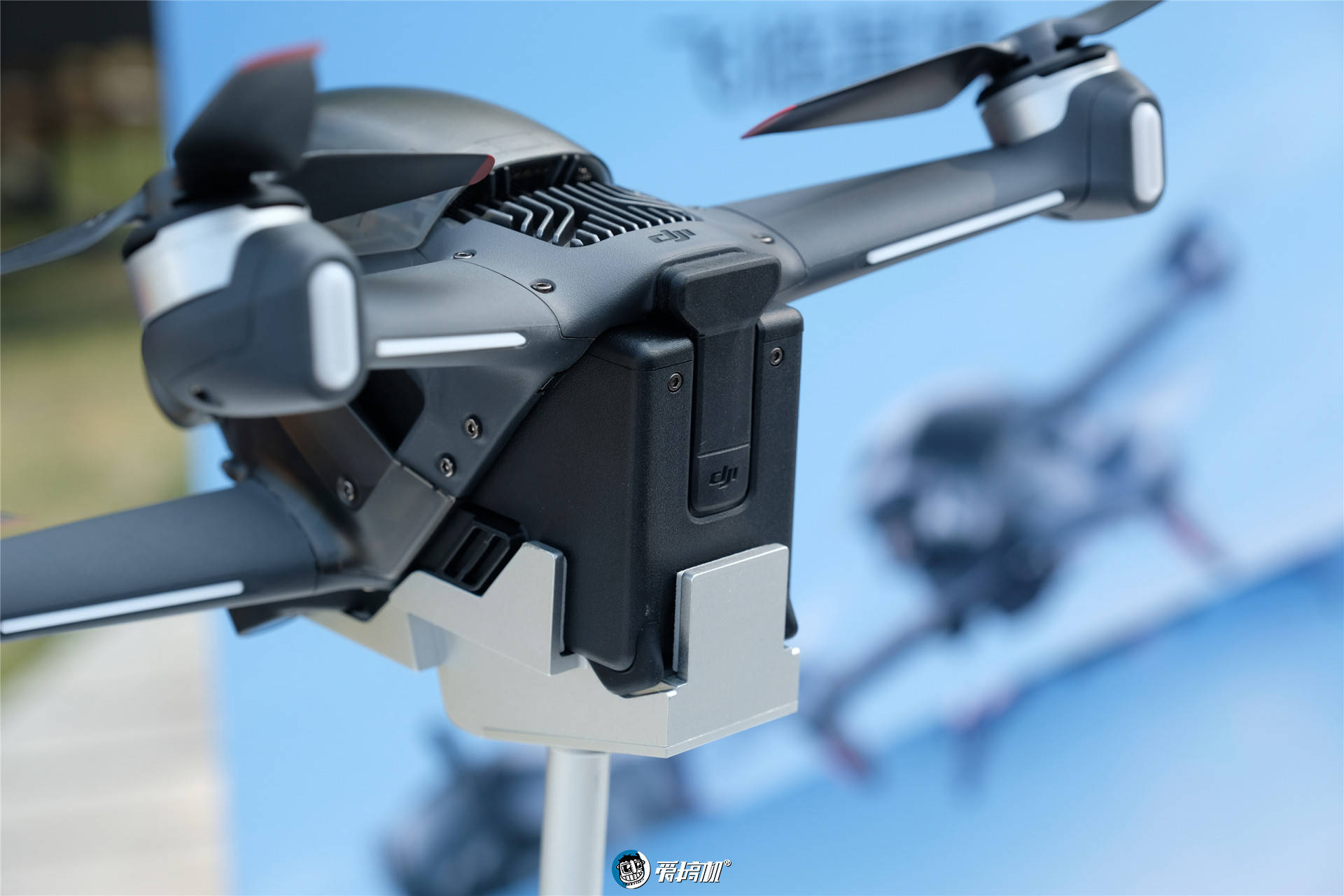
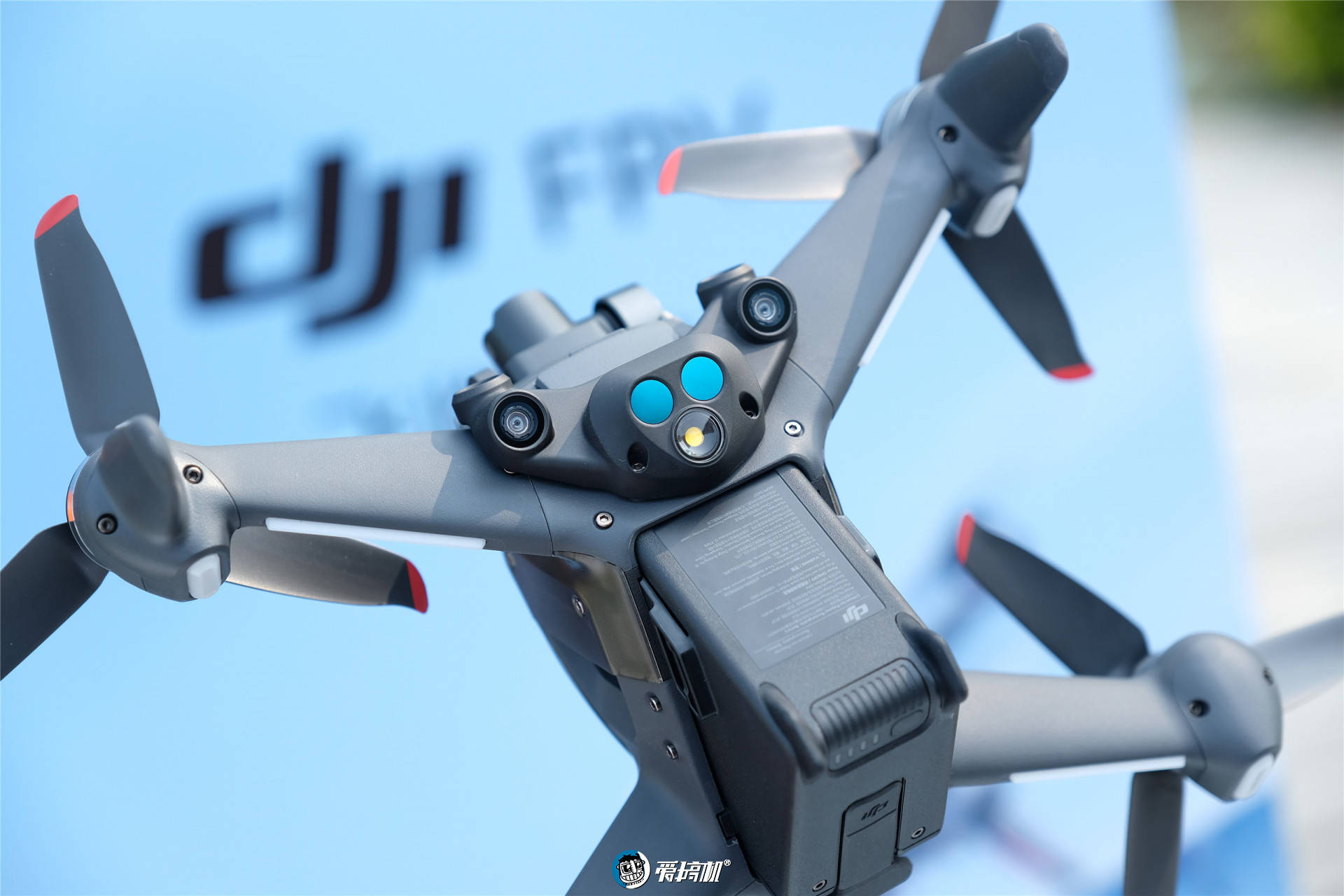
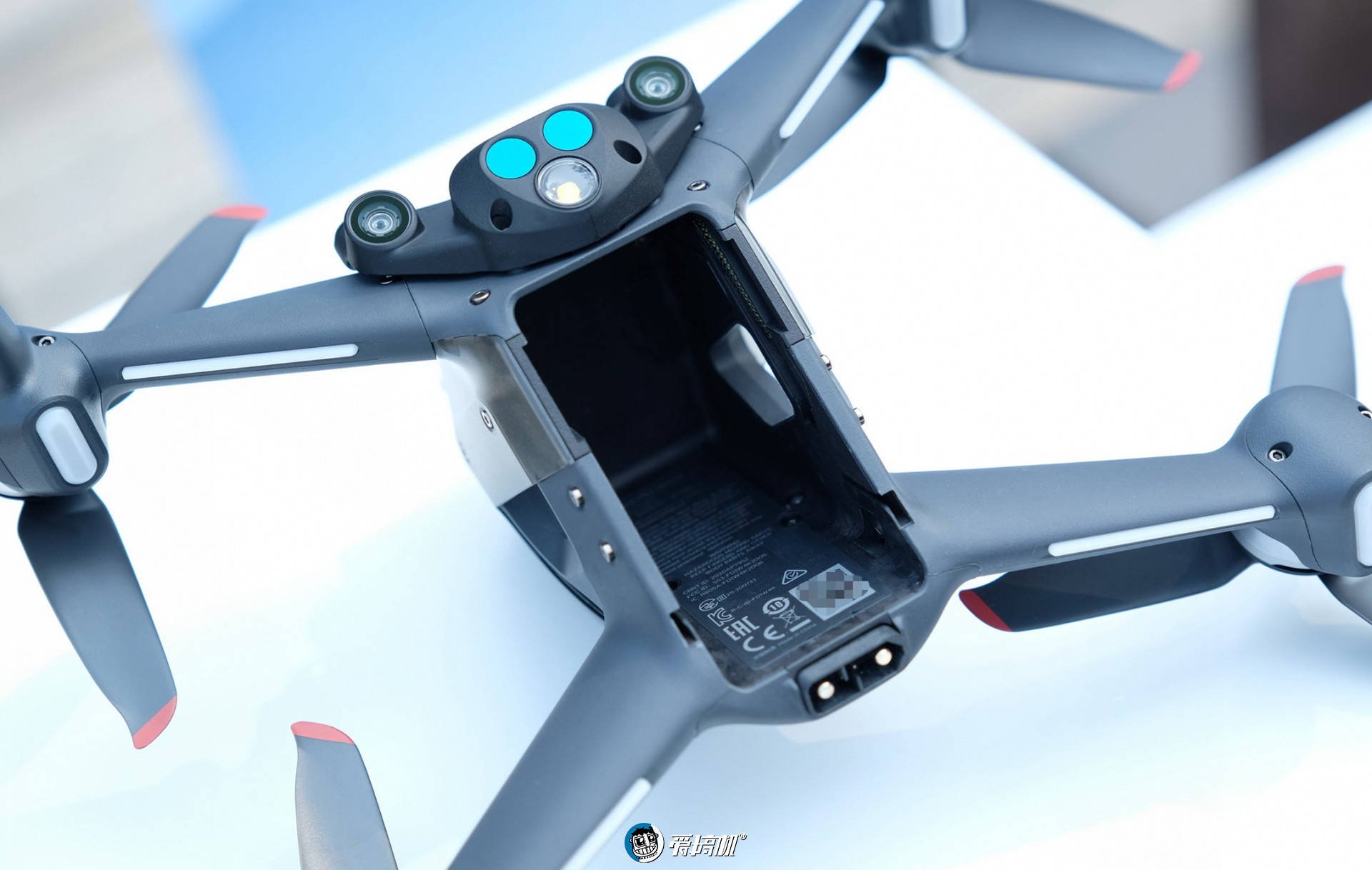
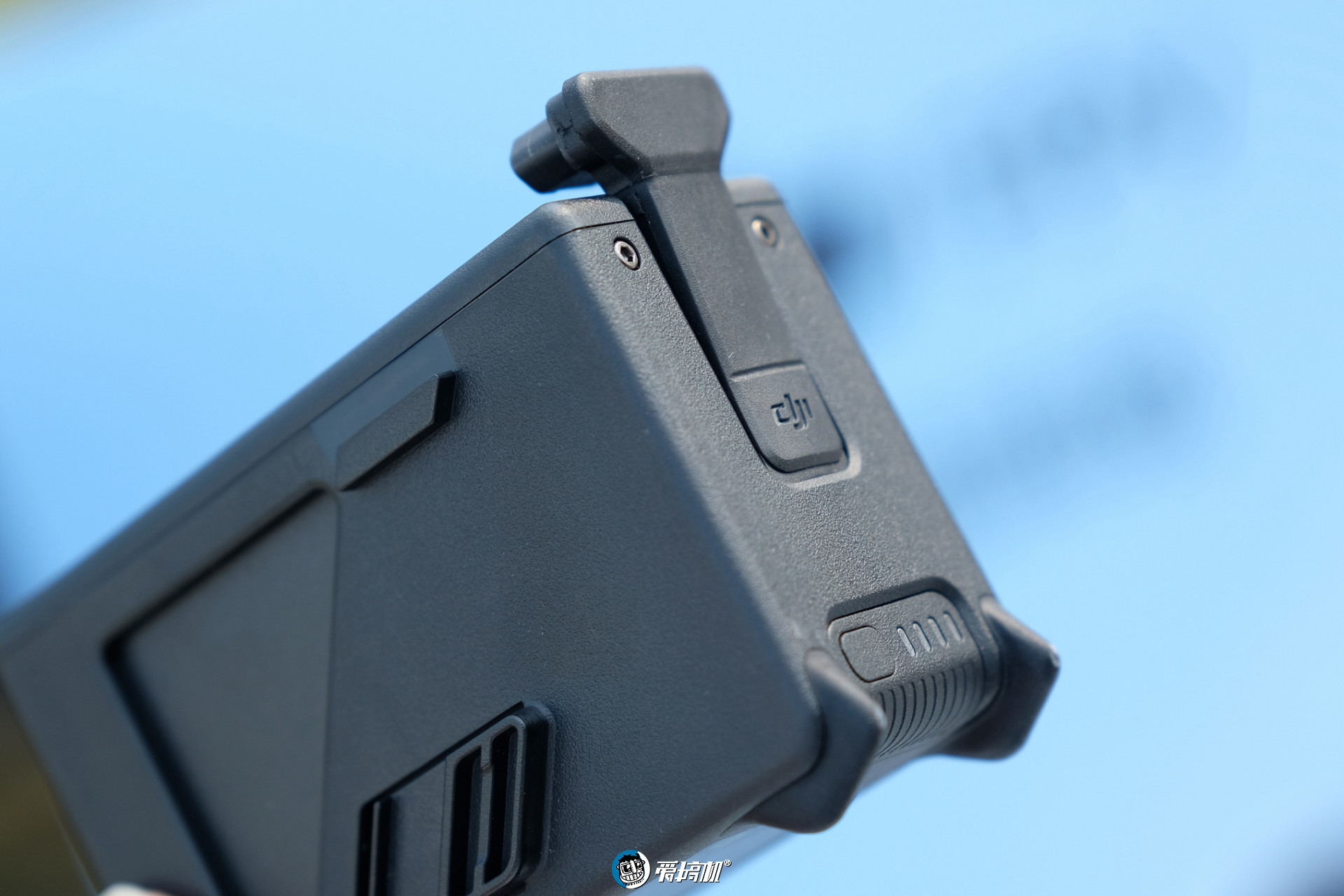
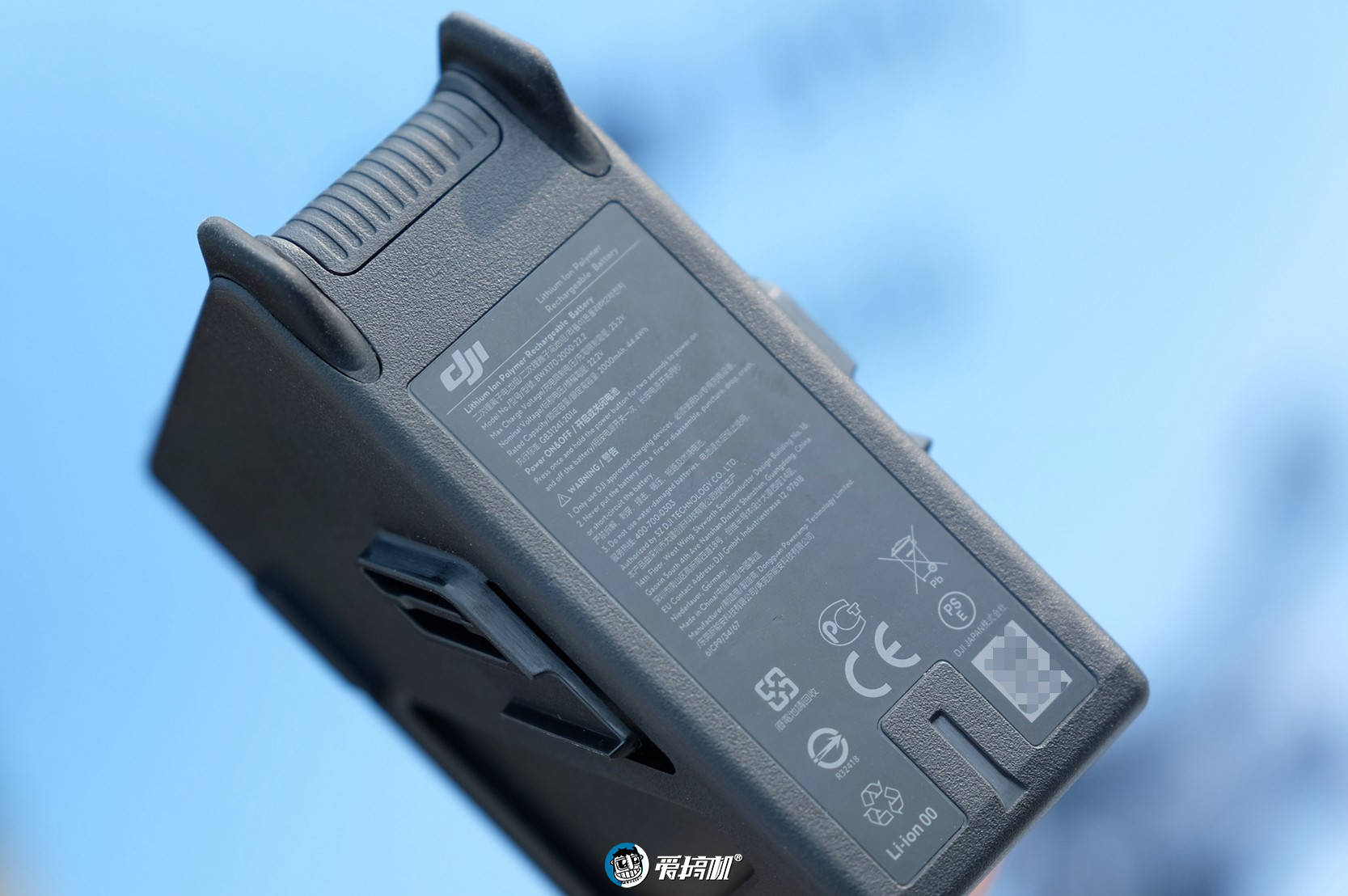
The battery comes with feet, its own weight is 295g, the battery is 44.4Wh, 0.5C when charging, 10C when discharging, and the maximum charging power is 86W. While the specifications are fierce, the price of a single 999 yuan is not weak.
Flight with camera
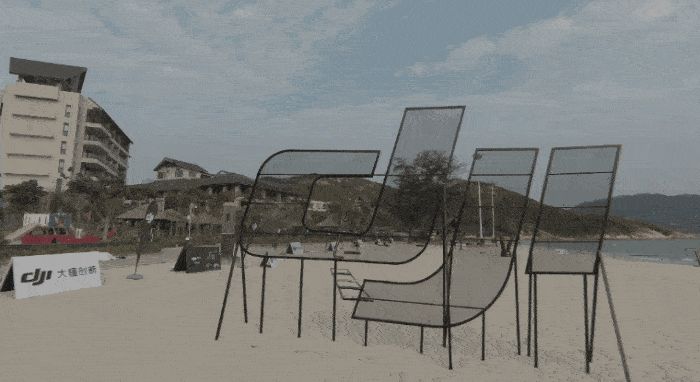
Flying video gif

Screenshot of 4K 60FPS original film during flight 1
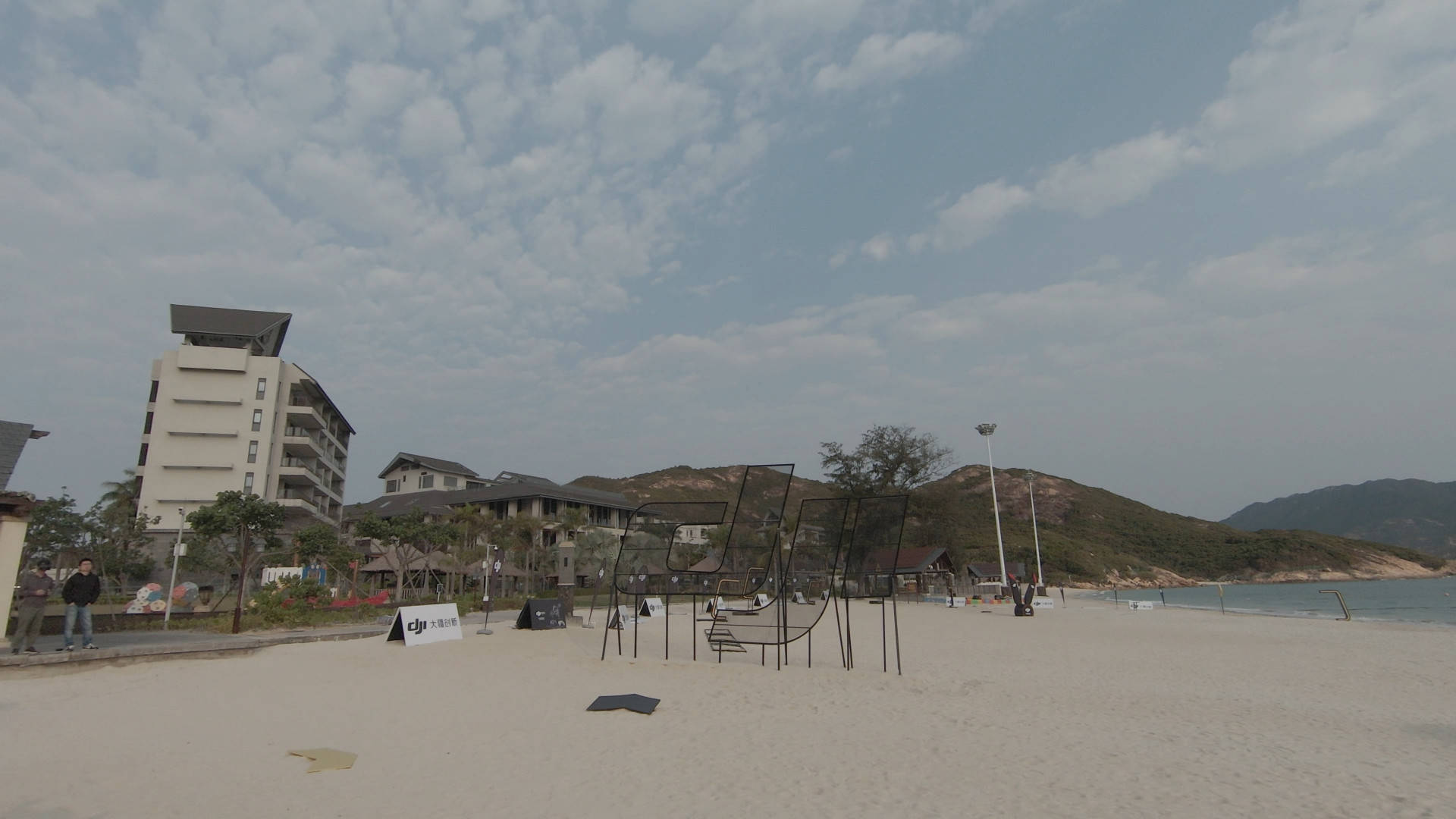
4K 60FPS original screenshot during flight 2
The DJI FPV is a 150-degree ultra-wide-angle lens, and the viewing angle is too large. The image transmission screen can see the entry of the blades. Single-axis gimbal with 150-degree wide-angle lens, the anti-shake effect is actually OK, but after all, there are two axes missing, and the picture will swing left and right like a boat. It needs a super anti-shake mode similar to a mobile phone to generate a horizontally stable picture.
12 million pixel CMOS, 150-degree ultra-wide-angle + digital cropping, after cropping, it can still output 4K 60FPS video (large wide-angle and digital image stabilization are the natural enemies of discrimination). The original expectation was not high. As a result, the video played the first generation. The Mavic mini is still available, and there is even a feeling of buying an FPV camera for nothing.
summary

DJI FPV covers the field of traversing aircraft in product use, but its selling point is actually an extremely easy-to-use first-person flight experience (after all, it is not realistic to fly a plane in person), and it will not affect the existing self-assembled traversing mechanism. Become a threat, and even will bring prosperity to this field.
It is the result of maturity in the field of drones. Just like luxury cars and sports cars, one pursues comfort and the other pursues driving experience. The parameters alone are not comparable. But DJI FPV is indeed the most suitable FPV drone for beginners to get started. If you add money to buy a through joystick, it is the FPV drone that is most suitable for beginners to get started, and there is also no one.
